miletus12
Squadron vice admiral
To get yourself lost, just follow the signs.
Posts: 7,470 
Likes: 4,295
|
Post by miletus12 on May 16, 2022 10:37:51 GMT
Like so many of America's 20th Century Wars of which the Spanish American War was arguably the first, the war was one which came about as much from American economic interests, press hysteria, jingoism, and outright ignorance about the way geopolitics and international relations worked. 1. Economic interests. If there was one thing that tied Cuba, Puerto Rico, and Hawaii together, it was that these islands and or island groups were compact, accessible, politically unstable, and ripe for some imperialist power to knock them off and annex them. The economic reasons for acquiring or making satrapies out of these islands was simple: 2. Sugar. The tariff wall made it almost impossible for Hawaiian and Cuban sugar cane growers to compete with American beet sugar growers in the United States. 3. Press hysteria. Much as I 'hate' viscerally, government-controlled and financed news outlets, which are nothing less than lie machines for the power elites who misgovern and so use such propaganda mills to justify their misrule, so I have to acknowledge that a 'free press' that subsists on subscriptions and advertising revenue, is subject to the whims of the owners and to the pressures of the advertisers and to the reading and information tastes of the subscribers. Hearst and Pulitzer both wanted a Cuba War to gin up paid newspaper subscriptions, and the advertising revenue of the "Sugar Interests'. They were not out for 'morality'. They were out for profits. 4. Jingoism. However: one cuts this turkey, one can see several fundamental elements at play. One was a natural American antithesis to European colonialism. This might depend on the particular Europeans, and it might depend on the momentary aggrievement the Americans had, but in this specific case, the Spanish were the 'villains' and the justification for kicking them nationally in the teeth was a combination of actual Spanish atrocities, Spanish past mistakes, ( The Virginius Affair had never gone away.) and the fact that the Spanish were in America's way. That last item might sound crass and absolutely and horrendously imperialistic and bombastic, but the reality was that some nation was going to seize the Spanish Empire. If not Britain, then France. If not France, which had gone on a wild colonialist imperialist spree starting with a failed attempt to conquer Mexico in a period of American weakness (Maximillan Mexico during the American Civil War), then Wilhelmine Germany. It was not without reason that the Americans wanted and needed to kick the European interlopers out of American home waters, no matter which nationality or what excuse they had for trying to be there. The Americans had seen what the Europeans had done to weak nations who could not stand up for themselves. 5. Ignorance of the way international politics and international relations worked. Actually, no matter how Europeans of the time and now describe Americans as ignorant in this venue of the way the world works; the fact that they, a fairly 'weak' nation in 1898, the Americans: left Britain, Spain, Germany, and Japan all on the short end of the stick actually proves the exact opposite of the common belief. By playing these nations off against each other, the Americans secured 'most' of their geostrategic objectives: security in the Caribbean, a free route to China and a defendable Pacific coast were not exactly supposed to be possible with a fleet 1/30 the size of the Royal Navy and barely equal to the Spanish Armada. Likewise: an army 1/6 the size of the Spanish or British armies was not supposed to defeat the one or vastly outperform the other in that era. Yet it was what exactly happened. In the next post, I will go in some detail what came together uniquely to make it possible on the military side of things. |
|
miletus12
Squadron vice admiral
To get yourself lost, just follow the signs.
Posts: 7,470 
Likes: 4,295
|
Post by miletus12 on May 17, 2022 2:06:01 GMT
Naval matters.  8 inch / 35 gun on the USS Baltimore. 8 inch / 35 gun on the USS Baltimore. 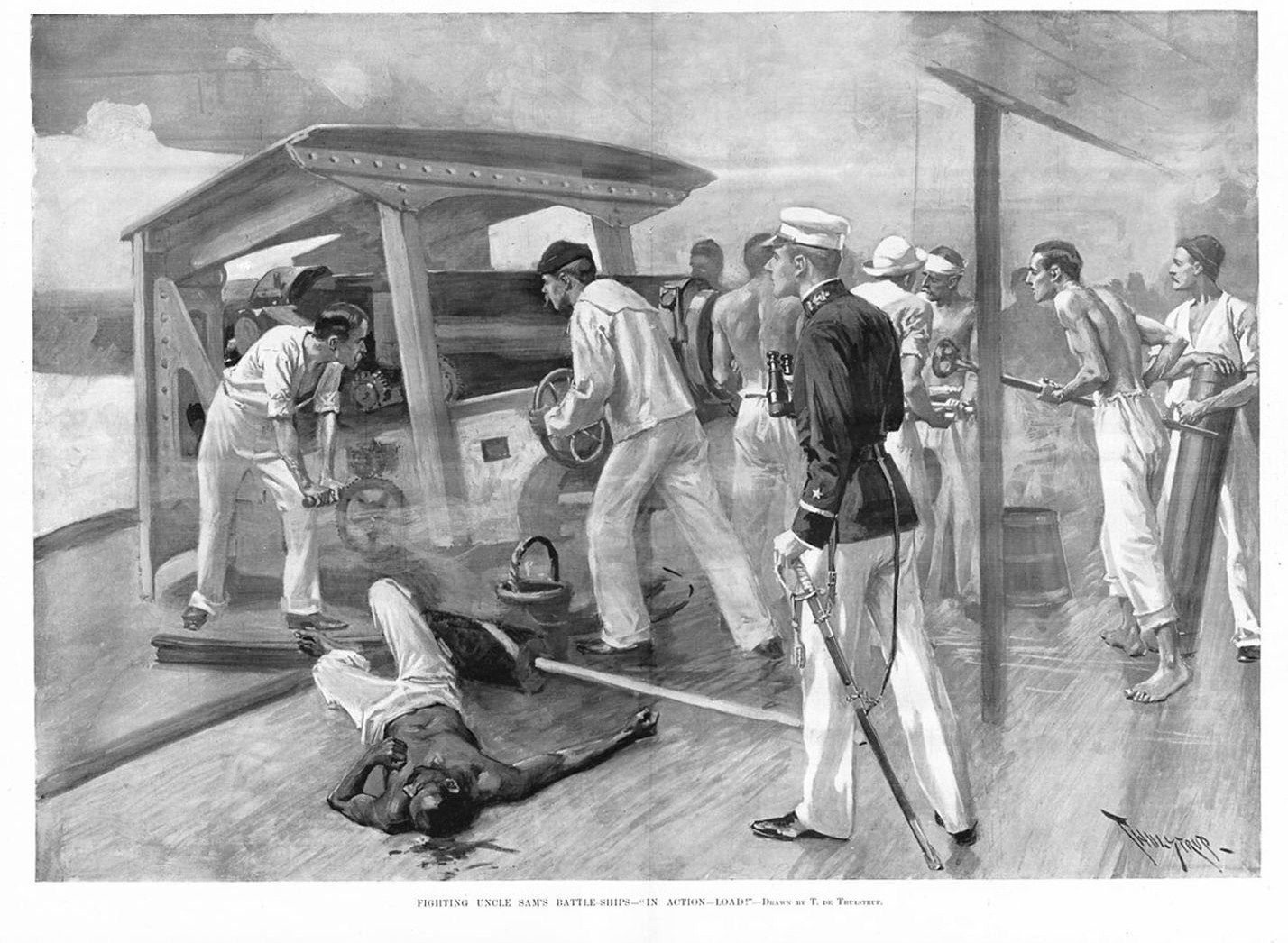 Notice several things in the drawing about crew service to the eight inch gun: 1. There is a ten man gun crew --slue man who cranks in swivel or bearing on target from side to side (train) --laying man who raises or lowers the muzzle to set range input (elevate) --gun captain who directs these inputs either from the battery aimer voice direction to him or in local control (individual fire) --the swage man (the black sailor laid out dead with the head wound) who sponges out the breech between shots out. --the two shell men who handle the very heavy eight-inch diameter shells. These shells of 260 lbs (118 kgs) unlike the Spanish who used a shell carriage that looked very like a baby buggy, the men cradled the shell and travelled fireman style in a two-man crab carry from the ready use stack to the gun breech, while a third man (the catcher) pushed the shell from behind as it was presented and laid / shoved it in such that: --the rammer could drive the shell hard with the ramrod until the shell's drive bands engaged the rifling, then the: --propellant cartridge (bag) man loaded the charge(s) of 44 lbs, (19.9 kgs) after the shell was seated. The rammer pushed that propellant home snug to the base of the shell in the combustion chamber; --and then the gun captain or a trusted rate closed the breech screw plug, making sure it engaged and primed the igniter and drew back the hammer. Aim, pull the trigger and the shot expels out. This particular gun in practice could send out one shell every minute. It was a highly choreographed dance and one could easily blow oneself up if one got any part of the dance wrong. Notice the shell handlers, dead swage man, and the rammer are BAREFOOT? Nobody handling gun feed could afford to slip on a wet deck like some dumb ensign officer. Not drawn well is the wet sand scattered on the deck as a fire dampener and as a traction aid for the gun crew. 2. About that "dead sailor". --He is dead. --He is black. --He is the swage man, which is the bottom of the bottom in the gun crew hierarchy in that he was given the dirtiest and nastiest job of the crew. --He symbolizes the casual racism of the era. --BUT he is a serving combat sailor, a man on the gun crew. You would never see him as a manning member in the Josephus Daniels / *(expletive deleted) Woodrow Wilson segregated navy. Black sailors in that Unreconstructed Confederate navy were mess stewards or laundry-boys. Not regarded as "men", but as "boys".  USS Olympia 5 inch / 40 gun. Notice the hydraulic recuperators and the long recoil slide?  Driggs Schroeder 3 pounder rapid fire gun from the USS Helena. That (British method) is approximately how the Spanish 28 cm / 35 guns on the Infant Maria Teresa class were loaded. The difference is that the Spanish used lifts in place of the chain hoist and they fed from powder and shell storage in the common magazine to that lift car that serviced directly to the pit and slide on the barbette gun table. The lift had a dump scuttle which made service to the gun incredibly quick and manpower lean. The only time consumer was load position was fixed at ship zero at the bow for the bow gun and 180 at the stern for the stern gun. This ate into the 1 minute cycle time between shots out. The IMT cruiser could fire a main / chaser gun about every 90 seconds accounting for traverse / elevate. This is 3 times faster than a Royal Sovereign and 5 times faster than an Indiana. USS Olympia pillbox. USS Olympia interior "commons". Note the clutter of guns, eating spacings, sleep spaces and so forth. It was a hard life for the American sailor aboard a 'communist' warship. I have seen the 5 inch casemate gun that shared common space with Commodore Dewey's officer's mess, so it was no picnic for the officers either! An interesting story about that particular 5 inch gun. When that walking pile of human disgrace, Otto von Diederichs, sent his flag secretary to by then Admiral Dewey to present a protest letter about the stop and search of the KMS Irene, Dewey had that German officer sit mess with him at his table. He plonked that fat Prussian directly under that 5 inch gun which loomed adjacent next at the hull end of the table. The Prussian sat with the open Fletcher screw breech block swung out and mere inches head knocker distance from his personage. The admiral then "small talked" to the German for a while before bringing up the matter of the protest letter. I suppose the ready use ammunition stacked up and ready to go was also visible to the German. "Talk softly and carry a big stick". The Fletcher breech block in action. |
|
miletus12
Squadron vice admiral
To get yourself lost, just follow the signs.
Posts: 7,470 
Likes: 4,295
|
Post by miletus12 on May 17, 2022 12:45:59 GMT
Naval tactical doctrines. The Spanish. The Spanish thought that they would be attacked in their overseas possessions or in their metrepolitan homeland coastal ports. The homeland... They did not fear much from an invasion of the metro homeland interior. They understood how land invasions would have to work, either through the approach avenues of the Pyrene mountains and into the checkerboard interior of Spain where the levee-en-mass armies which worked so well for Spain against Napoleon would be a murderous guerilla war drain on a would-be present-day conqueror, or by a coastal landing in the Spanish southwest near Cadiz or northwest near Ferrol. It was the logical outcome of their long two centuries of wars against the French or the English... Which brings up the colonies... The Spanish really feared only one navy until the mid 1890s. That was the Royal Navy of Great Britian. To be honest, nearly every navy which had a pretense to presence on the world ocean feared the Royal Navy. It was big. It had large numbers of ships. It had bases everywhere and it presumably knew what it did, because it controlled the access to the world ocean. One did not sail unless the Royal Navy allowed it. This was reinforced by practical demonstrations such as the Alexandria Port bombardment atrocity, and various "blockades" and economic strangulations which the Royal Navy tyrannically imposed on weak debtor nations, who owed Britain money or somehow ran afoul of British geopolitical interests like Venezuela and China. Spain knew a little about that one, because she had tried that naval extortion game of port bombardments and coastal threats against small weak nations who had "wronged" her, such as Peru *(Bombardment of Valparaiso atrocity), Chile, Bolivia, Ecuador during the first Guano War and even one "big one' the United States with a threat to New York City *(The Virginius Incident).The Spanish really feared the British. They assumed they would lose in any overseas war against the Royal Navy. But they, the Armada, had to try something to at least make the British sweat a little for their victories. So they looked at what nations had done and were doing to stand off a massive navy. The Spanish took lessons from two very odd sources; the Confederate States of America and from the small nations that had beaten them off in the First Guano War.^1 What lessons did the Spanish Armada see? Confederate mines, Confederate shore batteries and Confederate rams and spar torpedo boats, imposed an APPALLING cost on the Union Navy. Of 600 or so commissioned seagoing and riverine warfare vessels, about 130 USN warships were mission killed or sunk by mines, rammings and coastal fort gunfire as the Union navy supported amphibious attacks on Confederate ports. The Confederates used only about 40 warships to do it. The Spanish Armada missed the memo of Fort Fisher, Mobile Bay, New Orleans, but they read deeply the ones on Charleston and Wilmington. It was indeed possible for a small fleet, hugged up in a fortified port to stand off a vastly larger fleet. One just remained behind minefields and shore guns and dared the British to try to dig you out. The spar torpedo boat which would soon translate into the automobile torpedo boat was a force equalizer in such confined localized naval combat. In the Second Guano War, the Spaniards noted how Chile and Peru had used spar torpedo boats as substitutes for true ships of the line. This unusual development along with the Whitehead (Or in the case of the Armada, Schwartzkopf) torpedo put an end to the dream of a battleline of six or so battleships based on a Spanish copy of the MNS Marceau; 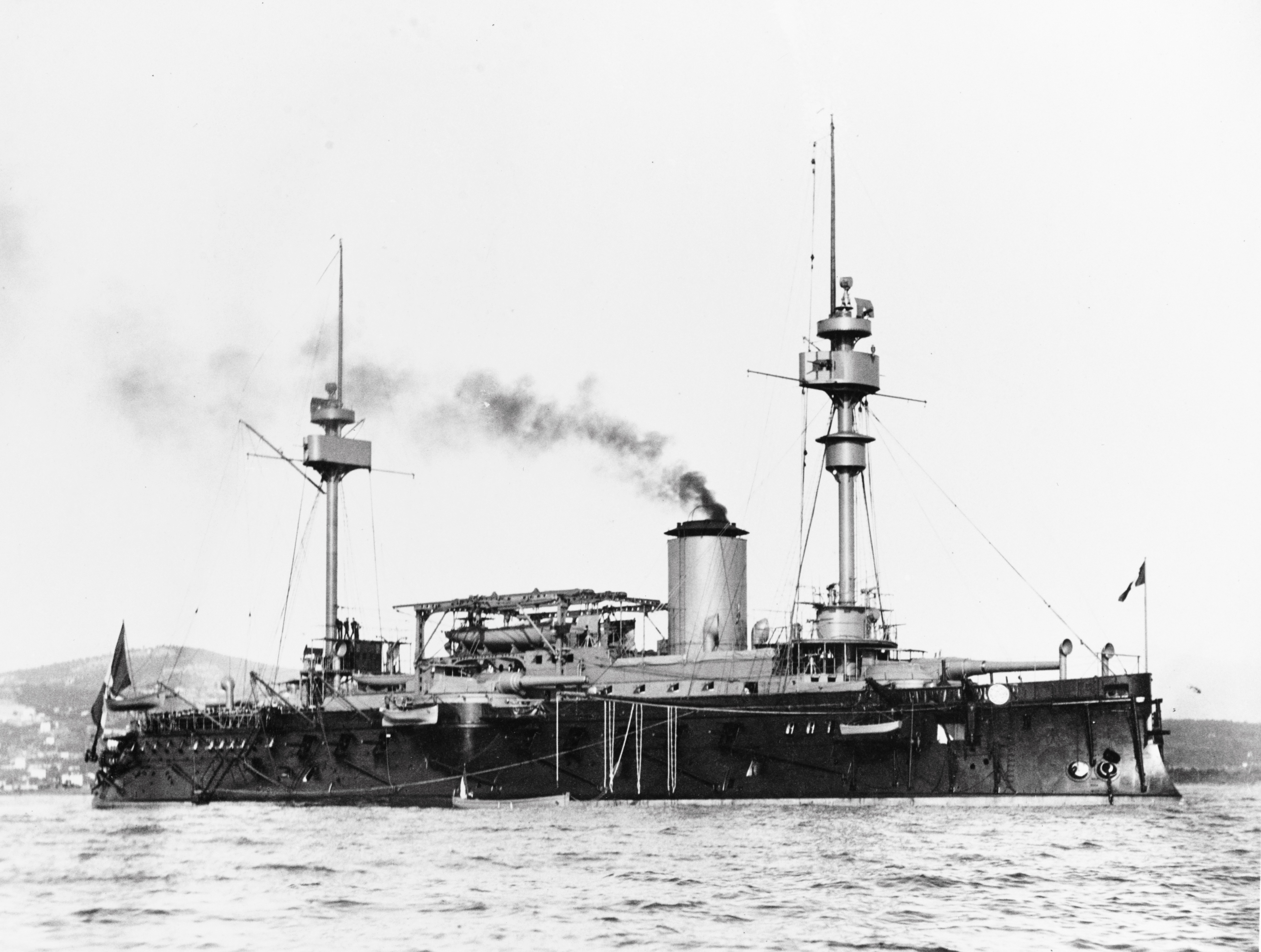 MNS Marceau  ARS Pelayo The Spanish change the CSN playbook, or maybe they adopt it hook, line and sinker. (Pun intended.) The swing away from traditional battleships hiding next to coastal shore batteries to fight off British blockade fleets to "armored cruisers" and commerce raiding from fortified ports, which were to be defended by minefields, torpedo boats and coastal forts can be traced to two men. One was an idiot. The other was a certified genius. Here is the idiot.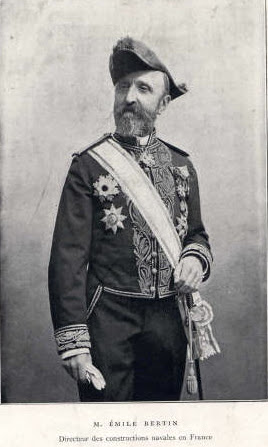 He had a theory that small cheap "rams" armed with single big-ship-sinker guns could be substituted for expensive 'line of battle' ships. Here is what he devised for the Japanese Navy. 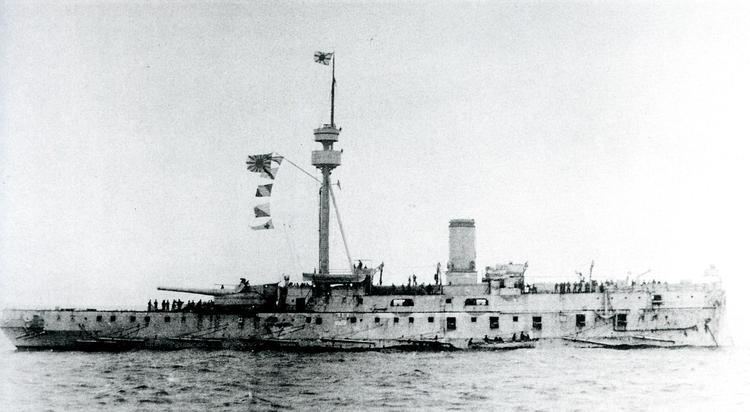 HIJMS Matsushima. The single big gun is a Schneider Canet 12.6 inch / 40 battleship killer. There are a few "problems". The gun uses a system of loading similar to the HMS Colossus that I showed above. It takes a half hour to cycle between shots. It can only fire along the long axis of the ship. If it attempts beam fire, it will shoot into the water or the ship will cant so far the gun will be unsafe to fire. This is not a problem if the intent is to perform a repeat of the Battle of Lepanto where the modernized Venetian galleass *(^^^) with its bow cannon charges straight at the BRITISH line of battle and survives long enough to get off its one shot at point blank range while ramming the British HMS Macedon (or should that be HMS Mastodon?). If one notices the pennants flying from the HIJMS Matsushima, one sees that the battleship killer gun fires over the stern. The HIJMS Hatsushima, the next manure wagon, Bertin designs for the Japanese, corrects this fault by putting the big gun on the bow position of the ship. Well... the Japanese will take this garbage to sea and try it out in 1894 against this junk:  That is the Chinese battleship Dingyuan, one of TWO battleships commanded by a certain Philo Norton McGiffin, USN, who just happened to be a "hired teacher" at the Chinese Naval Academy. The battle was The Battle of the Yalu River. The Chinese admiral, supposedly in command, taking advice from the incompetent Germans who built that thing, lost control of his anchored inshore line, when one flank of it panicked and ran away. Then he got himself high on dope, or he was knocked out, the accounts differ. But Philo took over and using the two AG Vulcan built flatiron monstrosities he fought the first battleship line action ever fought by a United States Navy trained officer. The Japanese were able "to claim" a victory, but with his two ships, despite untrained crews and practice ammunition, McGiffen shot Admiral Sukeyuke's ships thoroughly up and left the Japanese smarting and wondering if there was another way to do this naval battle thing? That is what one got for listening to Emile Bertin. The Japanese fired that clown and brought in the Royal Navy. ============================================================ I have to be brief, because I could write a whole encyclopedia on this man and how he screwed up the French Navy with his rotten ships based on the "The Young School". It was not he, who came up with the " Jeune Ecole". That was actually cobbled together by much smarter men such as Henri-Joseph Paixhans, It was a sound idea, if the navy that tried it, knew what it was doing. That would be the Confederate States Navy. 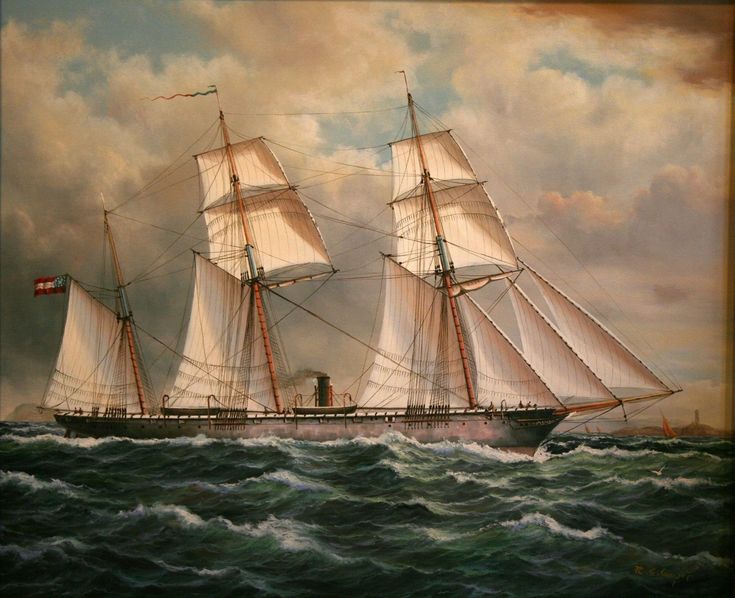 That is a Confederate commerce raider; the CSS Alabama. Speculate about a naval nightmare. Raiders like her destroyed, or forced the sell off and reflagging of HALF of the US merchant fleet during the American Civil War. This Spaniard noticed. His name is ... Pascual Cervera y Topete. He is the certified genius. What did he come up with?  Spanish Cruiser Almirante Oquendo, Lost in the Spanish American War The American Navy called them armored cruisers. The British called them "large protected cruisers" like the HMS Immortalite. The Spanish Armada called them battleships, probably for morale reasons, but Cervera's intent was to duplicate the CSS Alabama or ships like her, in modern guise. Note: -- the ship can execute a ram attack or gun fight in line of battle in a squadron action against a protected cruiser or armored cruiser likely to be all that will be found in the Pacific Ocean or Caribbean Sea. -- the improved 11-inch /35 Schneider Canet (Hontoria) guns can cycle about every one shot per minute which is about THREE TIMES the known cycle rate for British heavy naval ordnance and FIVE TIMES faster than US battleship guns of the Indiana class battleships. The Maria Teresas have some of the most advanced shell handling arrangements for barbettes in the world. The Americans will learn a LOT about hoist and ram systems from the burned out wrecks they create. -- the ship is faster and much longer ranged than her likely opponents. -- the ship's main working battery of 5.5 inch / 40 rapid fire guns (on paper) are faster cycling and harder hitting than opposing German, British or AMERICAN ordnance in the same bore size range. Cervera asked his navy to build panzerschiffe. They did. The Spanish intended to have about 14 of these things and a few Garibaldis as well bobbing around circa 1900. They clearly intended to guerre de course the stuffing out of navies they thought they could beat, like the Japanese, the Germans, the Russians, not likely but possibly the French. They could even give the British a hard time of it, for as long as Spain's oversea fortified ports could hold out, but it was likely the Royal Navy would eventually hunt these commerce raiders down and kill them. Cervera's intent was to make attacking Spain's colonies as expensive as possible for whoever thought they could grab them. Cervera had only one fear, if his plans were followed through to completion.  That is Alfred Thayer Mahan. |
|
miletus12
Squadron vice admiral
To get yourself lost, just follow the signs.
Posts: 7,470 
Likes: 4,295
|
Post by miletus12 on May 18, 2022 13:59:38 GMT
Naval tactical doctrines
Spanish Strategy.
That is a rather good concise article.
That was functionally Admiral Cervera and his like-minded captains.
The chief takeaway that one needs to understand is that the Spanish navy had a doctrine and an understanding of how to fight a proper naval war. As discussed above, they built for it in the critical years from 1885 to 1895. The Spanish changed from a fortress backed battleship dominated position defense to a raiding "guerre de course" strategy based on armored cruisers.
|
|
miletus12
Squadron vice admiral
To get yourself lost, just follow the signs.
Posts: 7,470 
Likes: 4,295
|
Post by miletus12 on May 19, 2022 3:38:22 GMT
Naval tactical doctrines. The Americans. To begin to understand the 1890s USN, one must understand a very important thing about the Americans. They were (and are) not European. Their military history afloat and ashore during the 19th century is not European in character at all. In land warfare their combat experience against opponents consists of fighting the British twice to a draw in what could be considered small war--which in European experience would be most similar to the British Peninsula campaign in Spain, where the Duke of Wellington took British army lessons from fighting the Americans and gurerillaed the French to fury. The Americans fought Mexico TWICE, and were fortunate that the Mexican ruling elite were a bunch of easily corrupted bandits and their Caudillo, Santa Anna, was a military nincompoop on the order of the "Unfortunate Mack" who ran into two American buzzsaws named Sam Houston and Winfield Scott, the one very lucky, and the other a MURDEROUS genius who taught the American army logistics, communications and reconnaissance are far more important than the actual fighting. Win the first three, and the battle takes care of itself. The wars against the neolithic Native American tribes in their territory, who are at that pre-agricultural human cultural transition station from hunter gatherers to raising crops and living in cities, was American colonialist imperialist genocides and emphasized CAVALRY, so was rather MONGOLIAN in actual character. Europeans do not realize that this was akin to Steppe warfare in Asis. Their one big "conventional European style war", the American civil war, had been a fratricidal horror shore, pitting dedicated and rather talented amateurs relearning the obvious lesson that Napoleon's method of mass on mass does NOT actually work at all. You do have to maneuver on the enemy's lines of communication and beat him at logistics. This will have naval overtones. Read further. The Americans, at sea, are even less European imitative. They have fought the British and the French navies sporadically mostly in frigate actions, practiced privateering a lot (piracy), and the few times when they have conducted what can be considered "fleet operations", either have practiced troop convoy and a LOT of amphibious assaults (Barbary Wars and Mexico), or have fought on the lakes and rivers in what we today call "littoral waters" (1775 and 1812). They have no Copenhagen, or Cape St. Vincent or Quiberon Bay at which their navy can point before 1860. What they have is this: The important things that the USN learned from its skimpy record of fleet actions, was: a. build better than the enemy. b. train officers to ship handle in battle. c. know the battle space and the weather. d. fight to destruction. No quarter. e. Captains obey the situation's need and NOT the admiral if he was a fool, which he likely would be. It was not the British way, for they emphasized crew training, rigid adherence to command, and while they ship handled, it was not as maniacal as it was with the Americans. So what does the American civil war bring to the American navy? This... /Anaconda-Plan-3000x2493gty-56a4892a3df78cf77282ddd3.jpg) General Winfield Scott, (Remember him, the conqueror of half of Mexico a territory 4 TIMES the size of FRANCE?), went to Lincoln with this plan. It was an army general who proposed a NAVAL WAR. This time he was after a territory even larger, with ten times the resources of Mexico and packed full of quite capable rebels, who KNEW what they were doing and who could theoretically actually match the military power of France. The idea was to blockade the Confederate coasts and conduct combined army-navy operations on the rivers in the American south. This is what it eventually looked like. 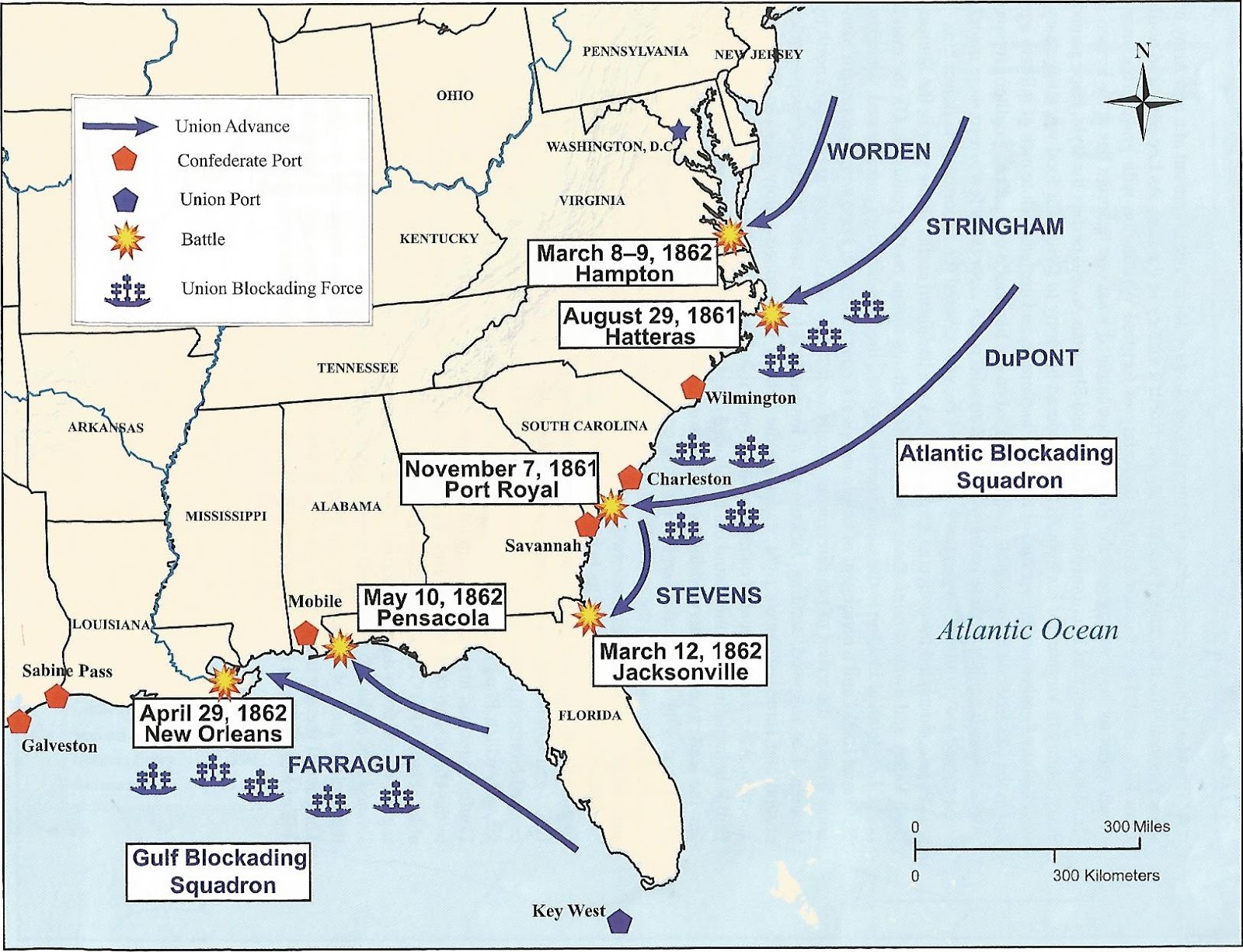 That was the blockade. Notice the amphibious assaults? There were a LOT of them, almost as many as the land battles between Union and Confederate armies. Now look at the riverine warfare.  What one notices immediately is that the fighting follows the navigable rivers. The Battle of Pittsburgh Landing (Shiloh) for example was only won when Union gunboats lined up behind Grant's troops and lobbed shells all day into Albert Johnson's attacking hordes of rebels. That same Union navy landed Buell's reinforcements to give the Union army the fresh reserves it needed to drive the Confederates back from the "beachhead" to which the rebels had driven them the day before. Grant never forgot that lesson. He hugged David Dixon Porter to him like a blanket during the march down the Mississippi and ALWAYs had Union navy riverine squadrons with him thereafter, especially at Chattanooga, where he pulled Rosecran's army out of a Confederate trap and siege. Sherman's march through Georgia was NAVAL. He wanted to get to Savannah fast and hug the US Navy. It was "protection" and "supply" to him. He was also at Pittsburgh Landing with Grant. Vicksburg made an equal impression on him. The American Civil War also taught the USN this:  The two battles at Hampton Roads. Technological parity matters.  The Battle of Mobile Bay. Mines, coastal guns and an enemy fleet make harbor assaults very costly. /battle-of-fort-fisher-large-56a61b755f9b58b7d0dff2bd.jpg) And all the artillery afloat in the world, still cannot take a fortified anchorage. You have to send MEN. That is Fort Fisher which defends the sea approaches to Wilmington, North Carolina, Lee's last logistical lifeline to the outside world and that place must fall if Grant is to bag the Army of Northern Virginia. I look at the Crimean War as a near time comparison. The Russians were nowhere near as tough a naval opponent. The British and French were navally nowhere near as challenged. And to be honest, while the Anglo-French had "better" ironclad technology, they were navally "unacceptable" by Union Navy standards. They were clueless as to how to use what seapower they had. The Russians could have been beaten at far less cost. See map? 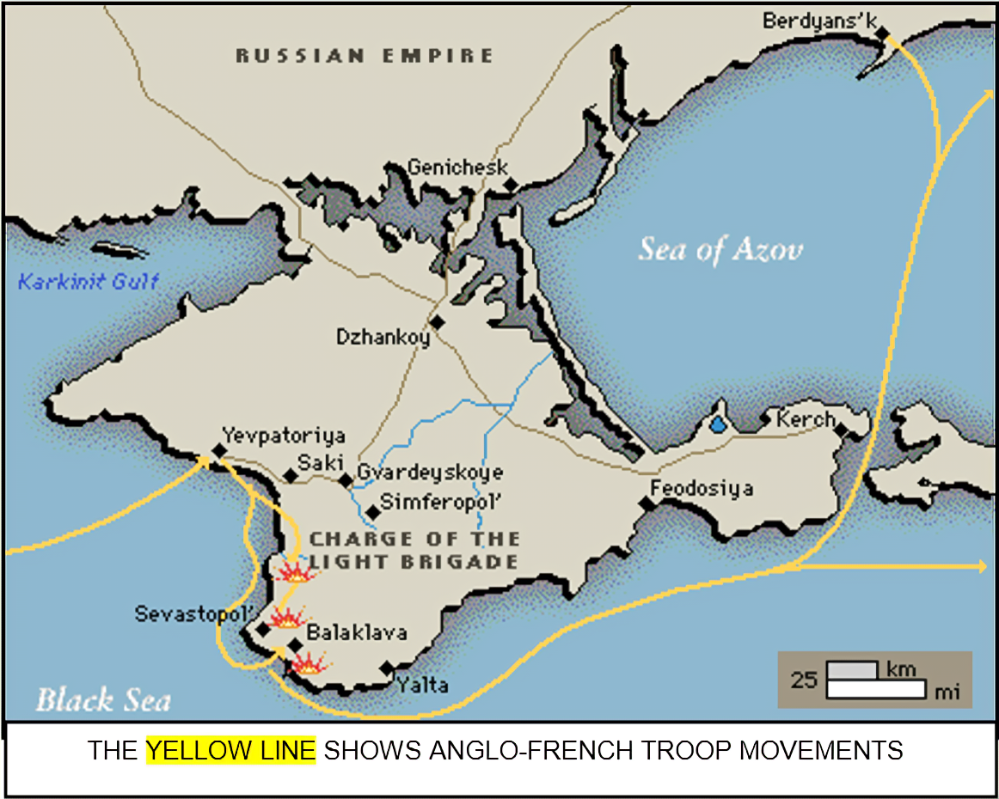 Karkimmt Gulf and a drive on Dzankhoy are "obvious". But one has to attack head-on into where the Russians are strongest? Sheer blindingly stupid incompetence. ===================================================================== The American captains (very few admirals) have a lot of ACW to digest. They will have 33 years to mull over their lessons before they try to tangle with a European navy. They pick Spain as the referent enemy after the First and Second Guano Wars. The Virginius Affair and Cuba Problem becomes the excuse for war plans and war games validations, which becomes a USN procedure about the same time the Prussians teach it to the French. No navy.  See this? (That is the USN after the ACW. They are the laughing stock of the world. This is why the Spaniards could send ONE ironclad and threaten New York City. It is around the time of the Virginius affair. Grant had to swallow crow.) New Navy 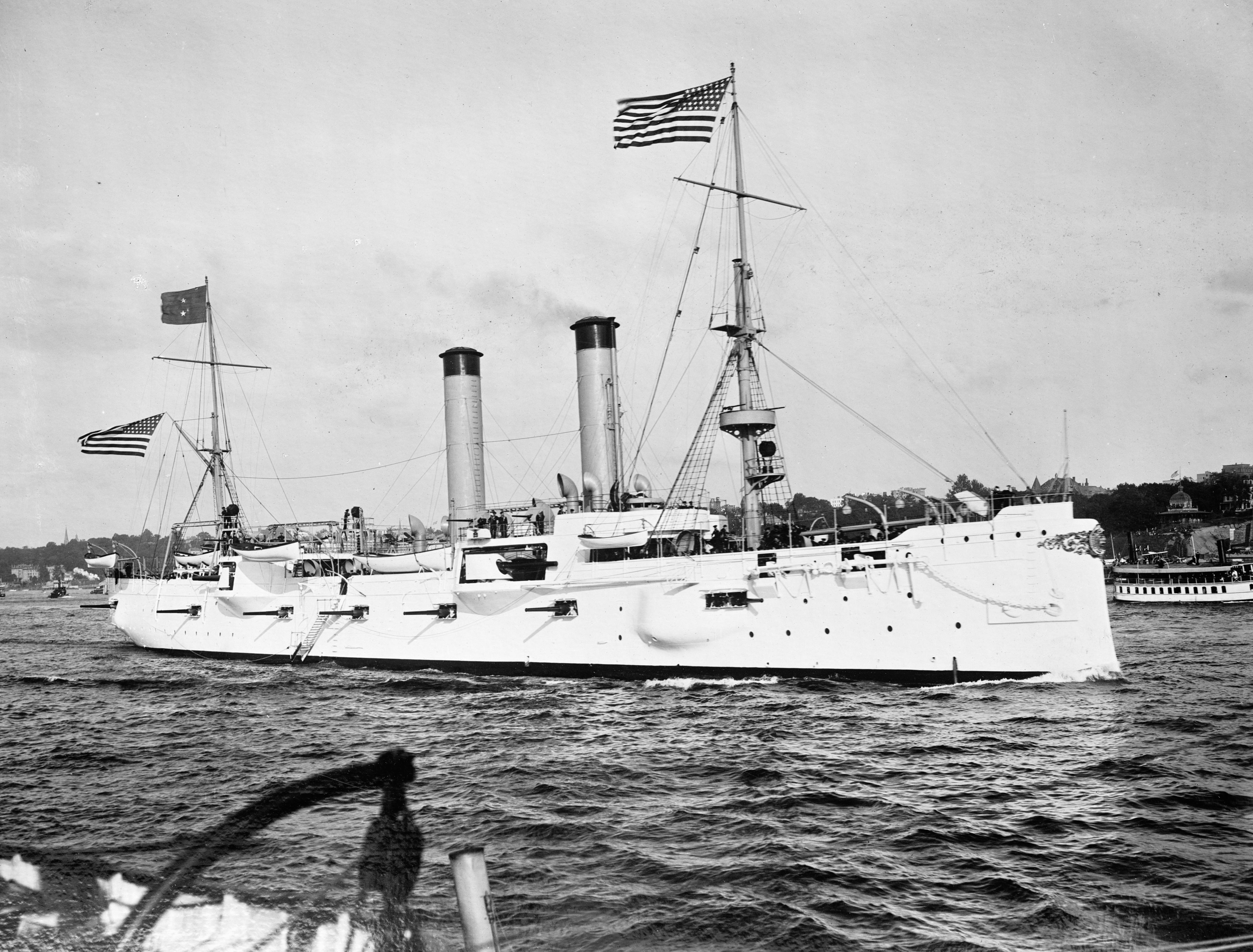 USS Chicago. (as seen here 1902) USS Chicago. (as seen here 1902)
The USS Chicago was an example of what was replacing this junk.  That (^^^) was the USS Galena, a US Congress mandated "peace cruiser". To indicate further what drove the USN officer corps nuts...  That is the USS Monadnock That is the USS Monadnock on her way to reinforce Admiral Dewey at Manila Bay. She is a harbor defense monitor pretending to be a battleship. This is that SAME ship in 1863. How was that even possible?  Ever hear of a Theseus Ship? In the USN practice, they saved the ship's bell and claimed it was the same ship as they "repaired" a new ship under it. That fulfilled the budgeting requirements that the insane Congress dictated of "no new ships, just repair the existing ones." Anyhow, by 1890 when war with Spain was almost a certainty this was the ranking (On paper by Conway) of the ten foremost naval powers on the planet. 1. United Kingdom / British Empire 2. France 3. Russia 4. Japan 5. Italy 6. Germany 7. Spain 8. United States 9. Holland 10. Brazil. It is obvious that the editors of Conway got it wrong, but it would take a couple of wars to straighten out the errors. Next up... MAHAN explains how Britain became the top sea dog, what the USN learned in the American Civil War, why the Caribbean matters, and who (Insert the name here.) has got to go in order to fix things "unacceptable". |
|
miletus12
Squadron vice admiral
To get yourself lost, just follow the signs.
Posts: 7,470 
Likes: 4,295
|
Post by miletus12 on May 19, 2022 9:17:55 GMT
The Book of Mahan. At his papa's knee.Just what did Dennis Mahan teach all those American Civil War generals and then his son? Further.  Jomini was a great believer in angles and vectors. (^^^) This nonsense was what second raters like George McClellan, Joe Johnson, Robert E. Lee and P. T. G. Beauregard tried to practice. One of the things that Jomini stressed was logistics, logistics, logistics. He was a nuts and bolts how to do it man who applied geometry and historicity to create his rather mechanical approach to "how it is done." Jomini, it must be noted was a European professional mercenary staff officer. He, after the glow of 'democracy' wore off, went where the money was. He is the foundation man for the RUSSIAN way of war. Jomini wants to understand how the "nation in arms" can be applied scientifically so that it can be applied to war. And how to educate the officer corps (of his employer) how to CONTROL that chaos of war can be directed. a. Offensive b. Mass c. Decisive Point Now here is where the geometry comes in. The military objective is to bring your mass into position to overwhelm where the enemy is weak. Refer to the geometric diagrams above and see the Illustrations below.  Gettysburg has been called the FISHHOOK for a reason. George Gordon Meade applied Jomini in defense. Lee applied Jomini in offense. The idea is SIMPLE. The guy at the hub of an arc, if he knows what he does, can shift forces to thwart the guy who attacks him on the outside of the arc. The guy on the outside of the arc, if he can split that arc in two can assume the interior position himself and turn against one weak half, most of his forces and destroy it and do the same again against the other weak half. But that is land warfare! Attend...   Trafalgar. Note which way the wind blew. The British had the weather gage and the allies had to tack or beat into the wind making any attempt to hold the line of battle and broadside discipline very difficult as each ship tacked back and forth, hence the scattering. Nelson could use Napoleonic "battering ram" mass tactics to break the allied line in three and defeat the center first and then the rear and then the van. Each segment got its comeuppance in sequence with 3 British ships on 2; or 2 British ships on 1. The van got to die last because they had to turn around and come back to the fight. It took about 5 hours. Ahhh! Jomini makes perfect sense in a NAVAL setting. Not so much in a land setting because as Henry Hunt taught Lee and Porter Alexander, a ridge and a long gentle slope means "bowling for Confederates" stops line breaking nonsense in a REAL hurry. In naval terms the American civil war also makes nonsense of Age of Sail tactics. See illustration of and diagram of The Battle of Memphis.  (I used the NUMA archeological sketch to chart out and show what happened. You will not see many original USN charts on this battle because nobody in that fight was sketching positions or taking position fixes. All we have is the report of how Davis' gun line in line abreast swept downriver bass ackwards and shot up everybody and everything in front of them. Ellet's four Rams, after they charged through Davis's gun line, got tangled up in among the Confederate River Defense Fleet in a ram-on-ram melee so confusing that two of the Confederate Rams trying to ram Ellet's (flag) ship rammed and SANK each other. The whole circus was carried downstream as far as Fort Pickering, where the one Confederate Ram surviving had a choice of south channel or west channel in front of President's Island. He chose west because now Davis was shooting up Fort Pickering. Smart guy. He'll get his later at Port Hudson. M) :max_bytes(150000):strip_icc()/battle-of-memphis-large-56a61c303df78cf7728b63fb.jpg) 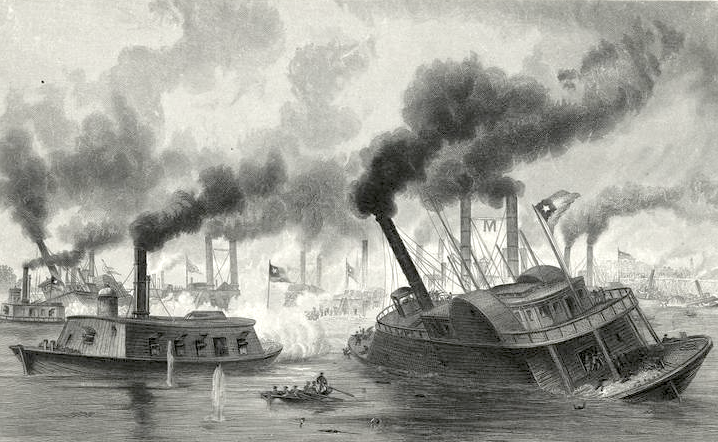 Holy Mackeral, there was a general fleet action!?! Holy Mackeral, there was a general fleet action!?!
Another account.Why do I dwell on The Battle of Memphis so much? it is an actual fleet action. It illustrates just how little fleet tactical experience the USN has. Mahan will savagely criticize the divided command on both sides and the complete mess the actual fighting was in front of Memphis City. YET... one man did manage to impose his vision and will upon that battle. He kept a line together, he understood his battlespace, and used both the technical aspects of his weapon system, the Mississippi river steamboat, the physical restrictive characteristics of the Mississippi River, and the Paixhans type shell gun to blow up his enemy without incurring much danger of damage. The Army clown show of Ellet's Rams added a lot of excitement, for they rammed at least three burning shot up Confederates and obscured the central fact that most of the Confederate River Defense Fleet was actually burndowns and blown-up due to disciplined USN line of battle GUNFIRE. The Europeans missed that little memo, too. As one will notice shortly... The USN did not. But... they were going to catch hell teaching steamship line of battle tactics at Annapolis, because some crazy Austrian named Tegethoff seemed to show that ramming and a return to melee tactics a la the Greeks and Romans might actually work and spell the end of broadside naval fighting. 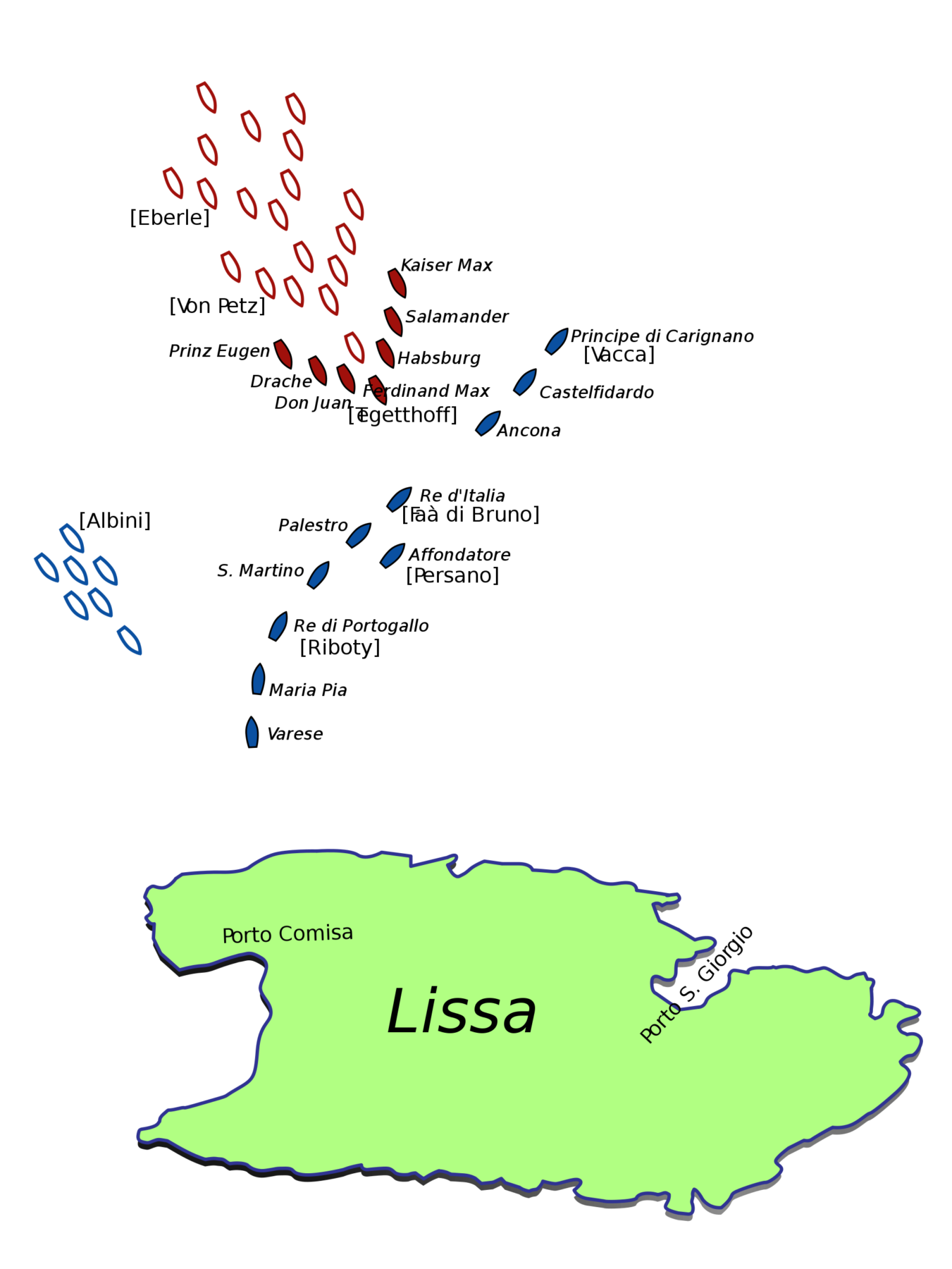 Another "How Not To Do It", especially if one is Italian and "trying" to form a national navy. Another "How Not To Do It", especially if one is Italian and "trying" to form a national navy. |
|
miletus12
Squadron vice admiral
To get yourself lost, just follow the signs.
Posts: 7,470 
Likes: 4,295
|
Post by miletus12 on May 27, 2022 0:09:34 GMT
So *(^^^) we have Tegethoff and Lissa? Big deal. Except that The Austrians seemed to confirm the Battle of Hampton Roads.  So... what to make of this this turning fight? It was obvious that both ram and gun were used in melee combat. The evidence was scant... The combat naval architects had a field day.  How to place the guns seems to be a problem. Almost everyone agrees about the ram though. So: what element of madness did the Americans select for their first "steel battleships"? 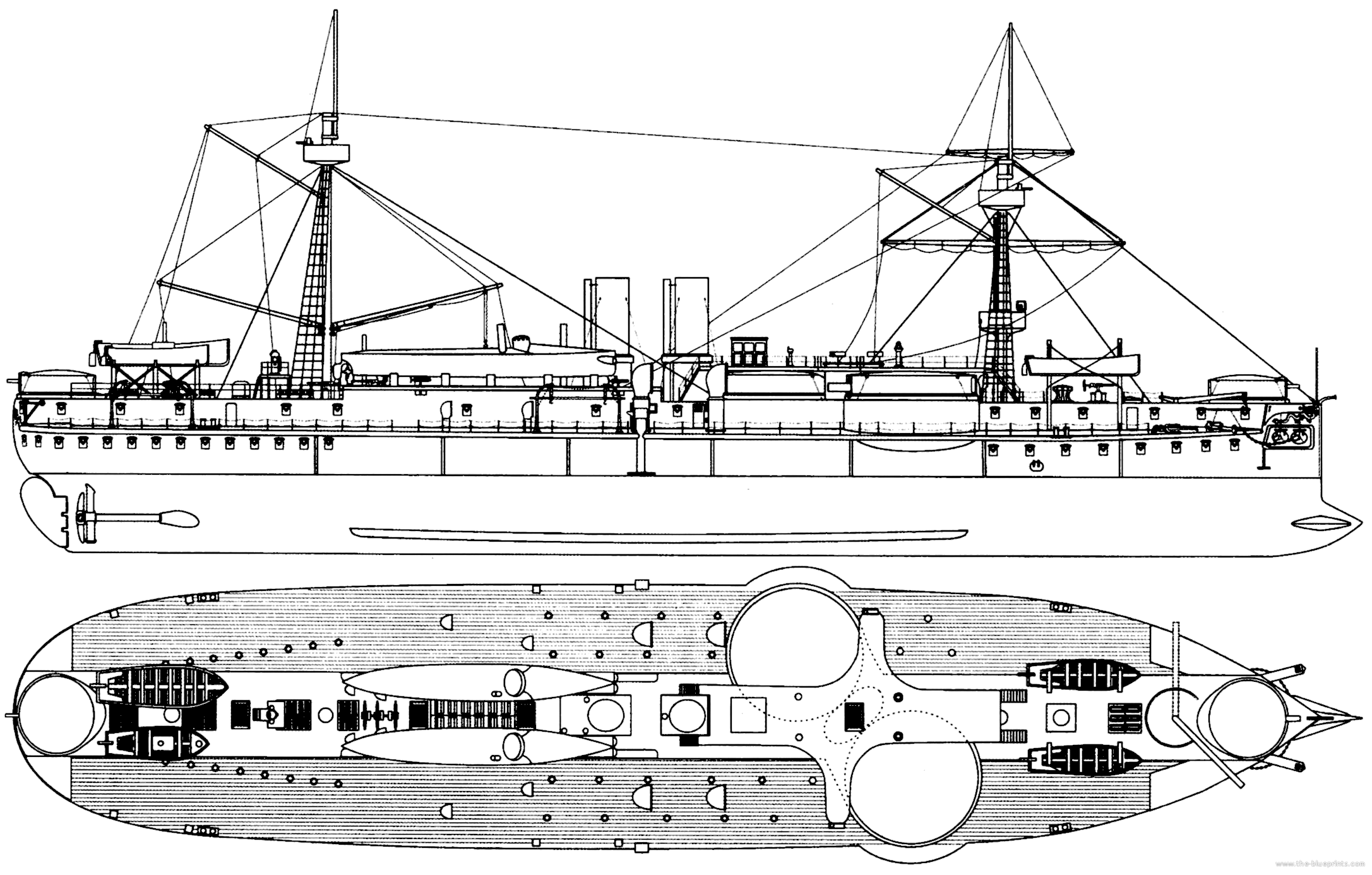 Remember the Germans?  (^^^) in 1881. The ever helpful British had their own version...  That is the Brazilian battleship Riachuello. That is the Brazilian battleship Riachuello.Obviously this is not only the "best British thinking" it is also a threat to the United States. New York City is at hazard. So... 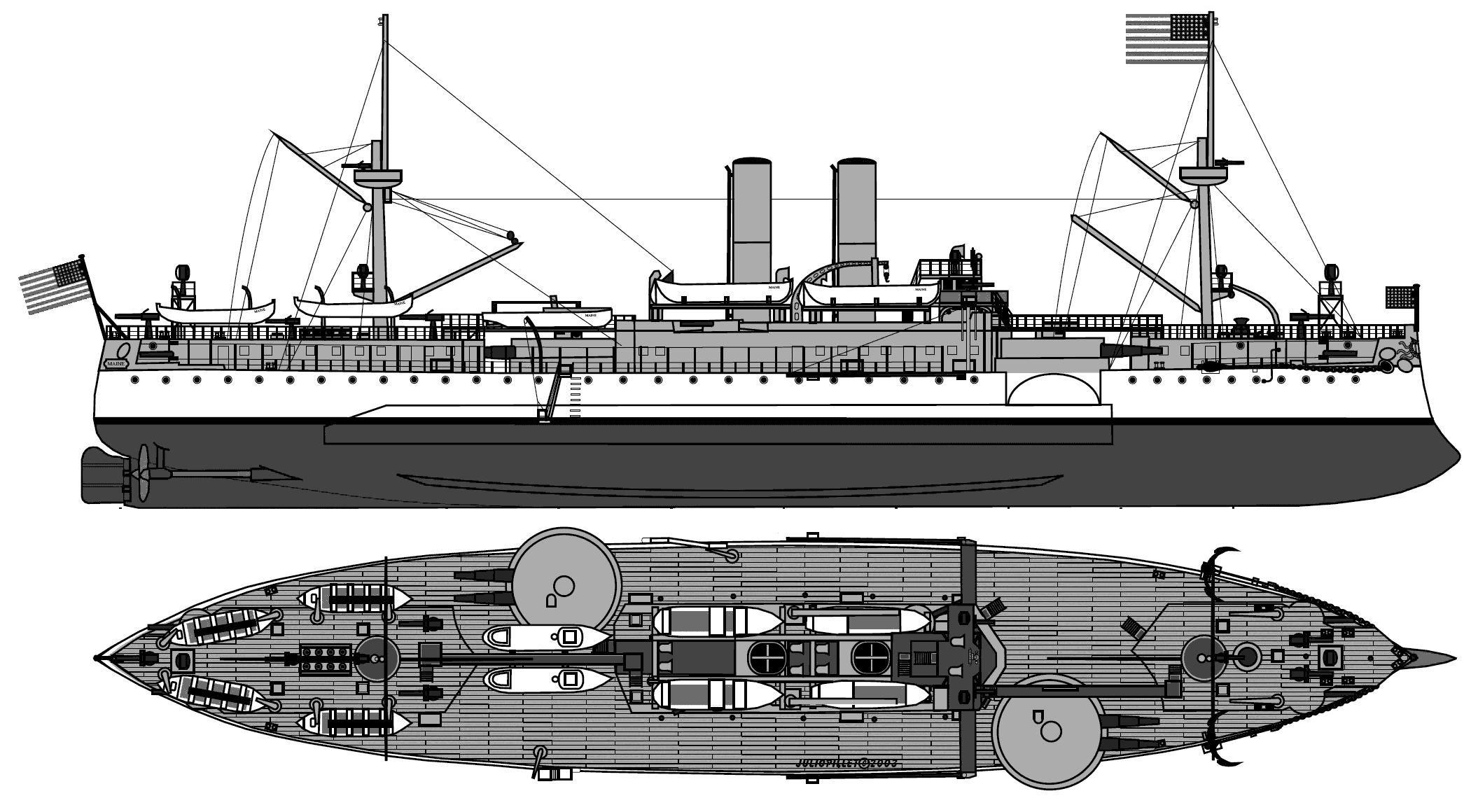 This is a "good idea?" That is the USS Maine. Thomas Wilson designed her, C and R guy, cribbing off the British, so naturally the USS Maine will blow up. All kidding neutered, the idea of "end on fire" as the ship rammed its opponent was a thing at the time. Just what muzzle blast would do to exposed crew and to the topside fittings was not considered. If one remembers, Philo Norton McGiffin, USN, who commanded the Chinese battleship Zhengyuan at the Battle of the Yalu River?  This (^^^) is what happened to him. He was burned and over-pressured and concussed when the Zhengyuan's main guns were fired and blew the flying bridge on which he stood to bits. A lot of the command element including the Chinese admiral adjacent to him were injured and rendered senseless at the time. Being the only officer with his wits intact, he directed the surviving crew in putting the fires out, and fought a LINE OF BATTLE action, with about 35% burns across his body, his right eye gone and with a concussion. He suffers that in 1894. He will bring those lessons back to the United States. So.... The question of HOW to fight a steamship fleet is settled at least for the USN. It will be parallel order and in line of battle. As for Theodore Wilson, he had finally got it in his head that maybe he had screwed up.  If one looks at the assorted monstrosities above, this looks like Wilson has adopted the format of the HMS Collingwood?  Not so fast. He built forward from what he knew. And he screwed it up. Unbalanced guns, submerged armor belts, top-heavy, unstable in "the kick" in that when a helmsman put an Indiana hard over, the rudder would not bite and hold in the screw wash and the ship's rear skidded sideways and she leaned opposite to turn in what amounted to a dangerous list. This was why the ships earned the nickname of the "Wobblies". Nevertheless he did manage to get the main issue of putting the "chaser guns" into the correct placement and he did "sort of" manage to put the citadel guns in the places where they would not KILL the topside crew with their muzzle blasts. In so doing he managed to lock the USN into a line of battle tactical doctrine. It was the second instance of a technical decision mandating a US naval tactical doctrine, since the USS Monitor made a monkey out of the CSS Merrimac with the rotating gun turret by dancing circles around the citadel ship and shooting at her from any angle the Monitor's captain chose. We will see Hampton Roads again at Santiago de Cuba. |
|
miletus12
Squadron vice admiral
To get yourself lost, just follow the signs.
Posts: 7,470 
Likes: 4,295
|
Post by miletus12 on May 27, 2022 12:40:06 GMT
Let us look at the armies? Technology Spain: Edged weapons M1874 cavalry spear Spanish  M1875/1895 officer sabre Spanish  Spanish Mauser M1893 bayonet  Sidearms Mauser C96  Mauser Zig-Zag revolver 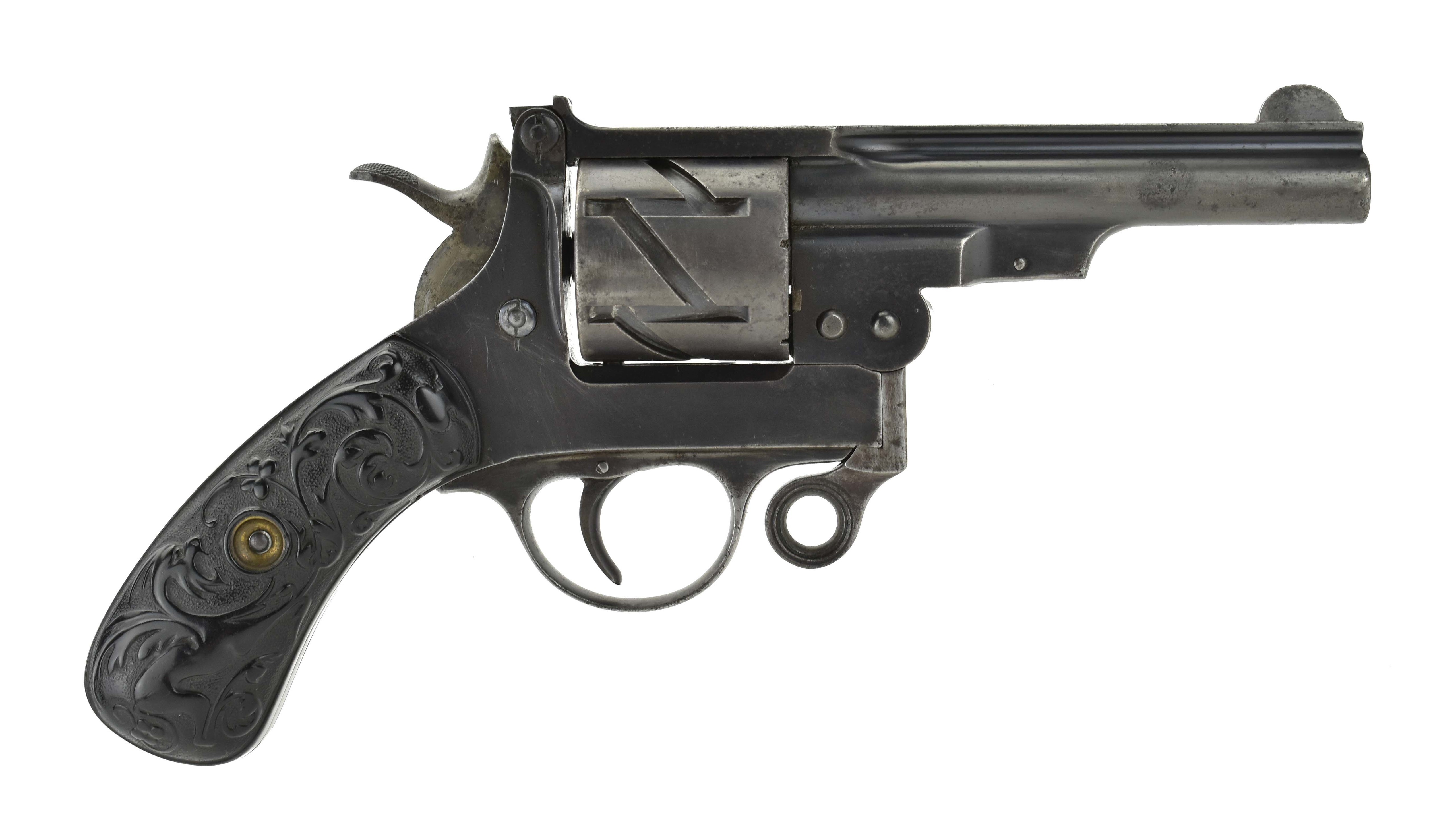 Orbea No.7 (Smith & Wesson No.7)  Rifles Remington Rolling Block rifle Model 1874.  Spanish Mauser M1893 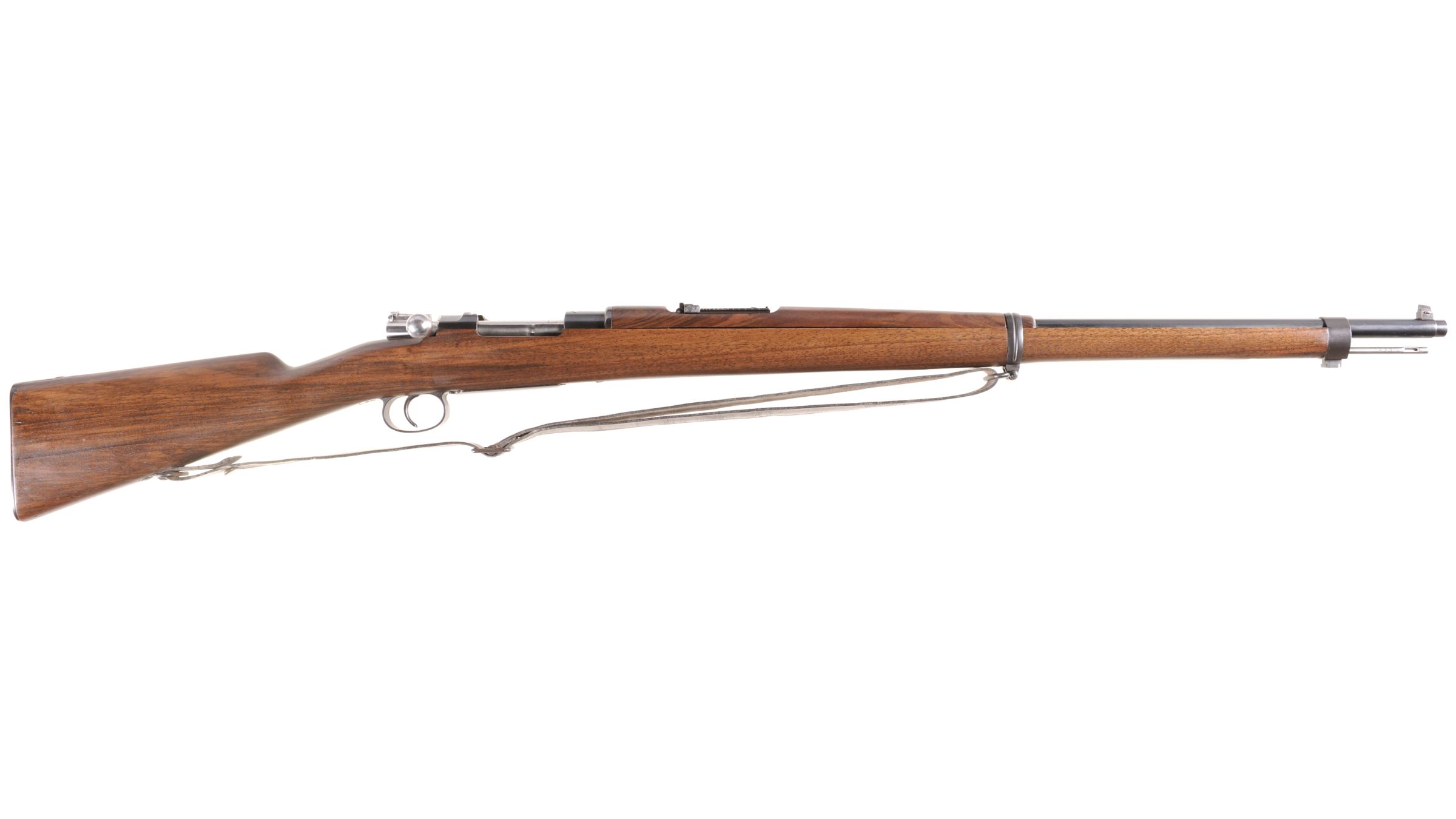 Explosives and grenades Dynamite  Machine guns Maxim machine gun (a rarity)  Artillery Krupp kanone  Defensive weapons M1881 cavalry cuirass Spanish 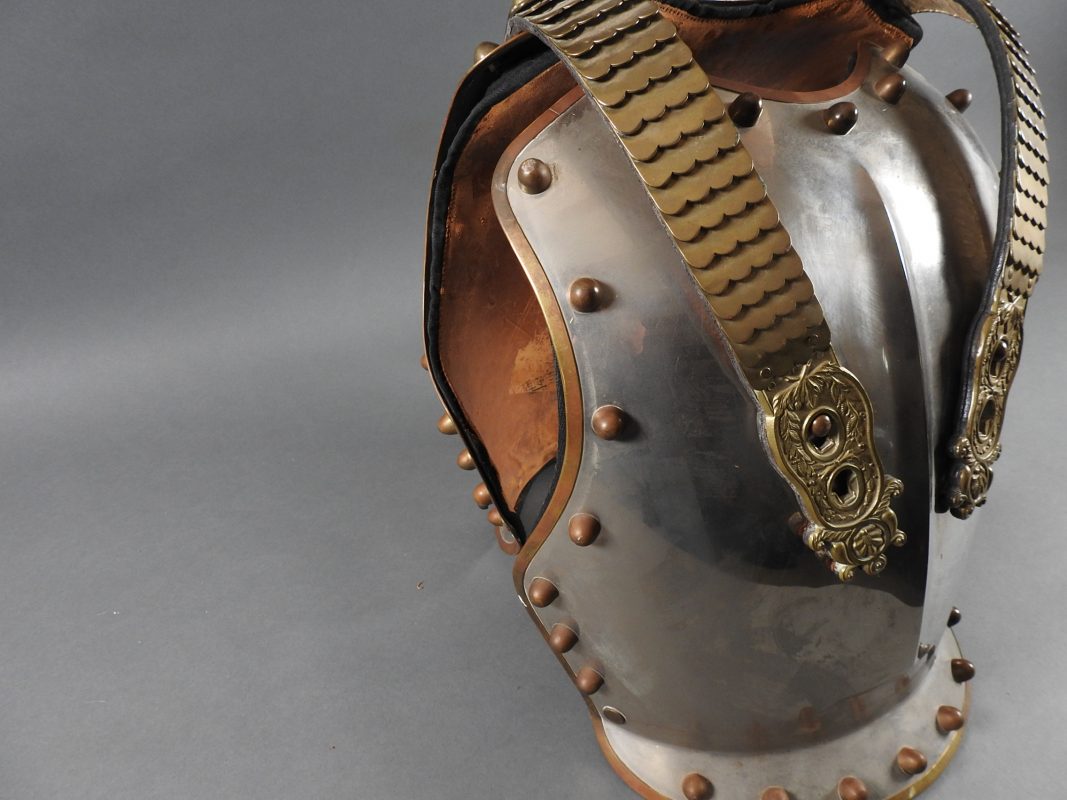 M1881 cavalry helmet Spanish  Soldado cuera (shield) Spanish This is NOT what it appears to be.  The Spanish frontier horse trooper (dragoon) wore a tough leather jacket (and boots) designed to protect against knives and machetes, bolos and other edged weapons. Often he wore a broad rimmed flat-topped matching leather hat. Sometimes he carried a small figure 8 shaped parry shield and a short sword that looked like an American artillery crewman's broadsword or a Roman gladius. You were never gladius to meet him, because such a trooper was a murderous specialist in knife and sword fighting.
=====================================================
That equipment is a curious mix of the archaic and the 1890s state of the art. If you were not paying attention, (and the American army was not, M.), you were going to get buzz-sawed and be very surprised by the Spanish army when it stood up and fought you. |
|
miletus12
Squadron vice admiral
To get yourself lost, just follow the signs.
Posts: 7,470 
Likes: 4,295
|
Post by miletus12 on May 27, 2022 13:38:21 GMT
How do you know if an army is confused and unready? Look at its gear. United States Offensive weapons Edged weapons Bolo knife (used by Philippine Revolutionary Army)  Bowie knife (also known as hunter)  Cutlass  Krag M1892/98 bayonet  M1860 light cavalry saber  Machete (used mostly by Cuban rebels)  Mameluke sword (USMC)  Sabre  United States Marine Corps noncommissioned officer's sword  Just in the bladed weapons department, the Americans are screwy in St. Louis. Sidearms Colt M1871/72 Open Top (Piece of junk.) 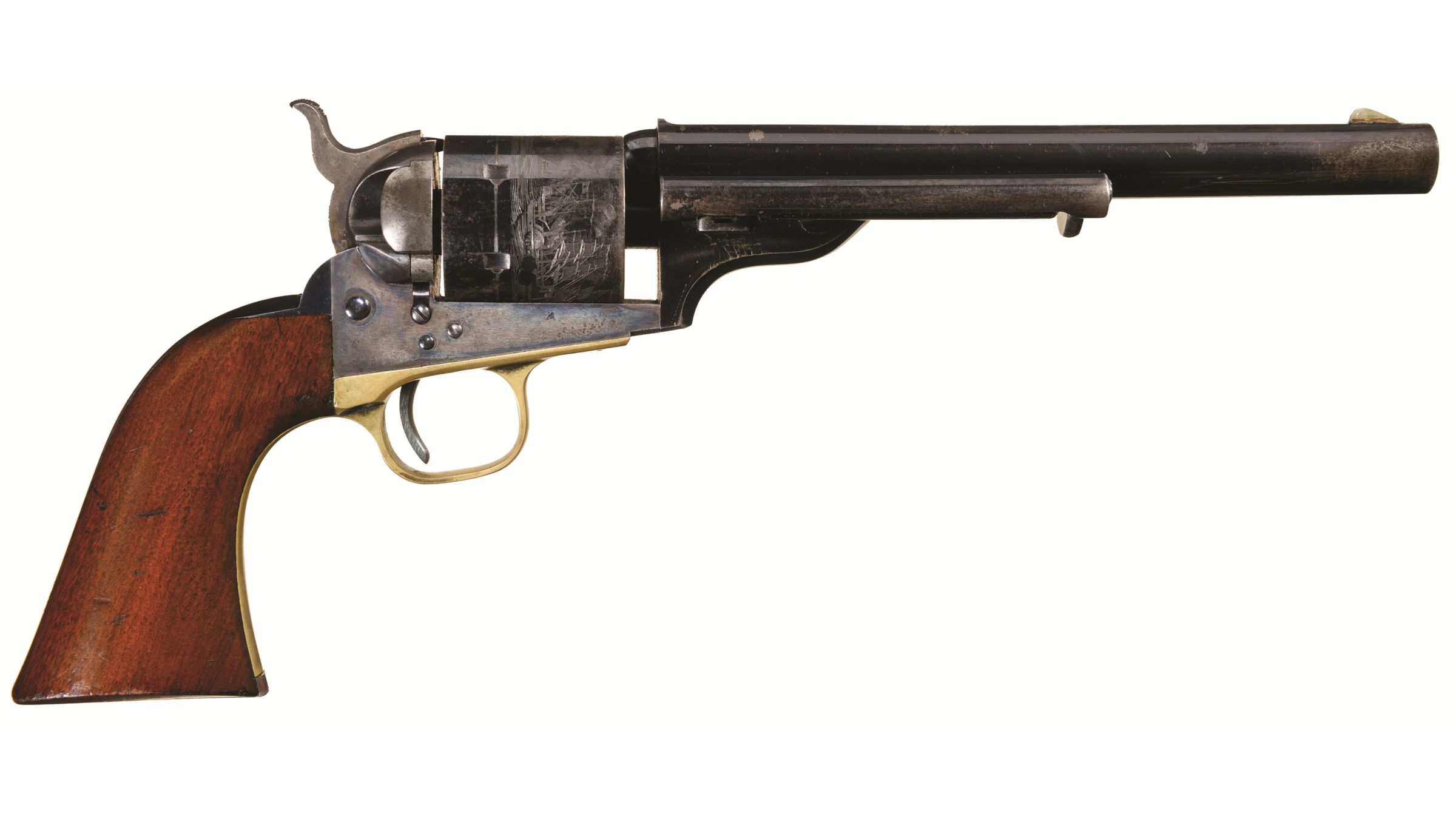 Colt M1873 Single Action Army (Matt Dillon "Gunsmoke" pistol. Also; a piece of junk.)  Colt M1877 (Officers holdout gun. It was made by Colt, so it was a ... piece of junk.)  Colt M1878 (Product improved 1872, designed not to blow you fingers off. Made by Colt, so it is a piece of... )  Colt M1889 *(Still trying to get that service M1877 revolver right.)  Colt M1892 (You recognize it as the Police .38. Made by Colt so it was a ...)  Colt M1898 New Service (This was the reason the Army turned to John Browning for a decent pistol. M.)  Merwin & Hulbert Pocket Army (*Need to shoot a really dumb lieutenant, Major? You carried this in your pocket for that purpose.)  Remington M1875 (Run out of cartridges? Hit them over the head with this, and they will never get up.) ![]() 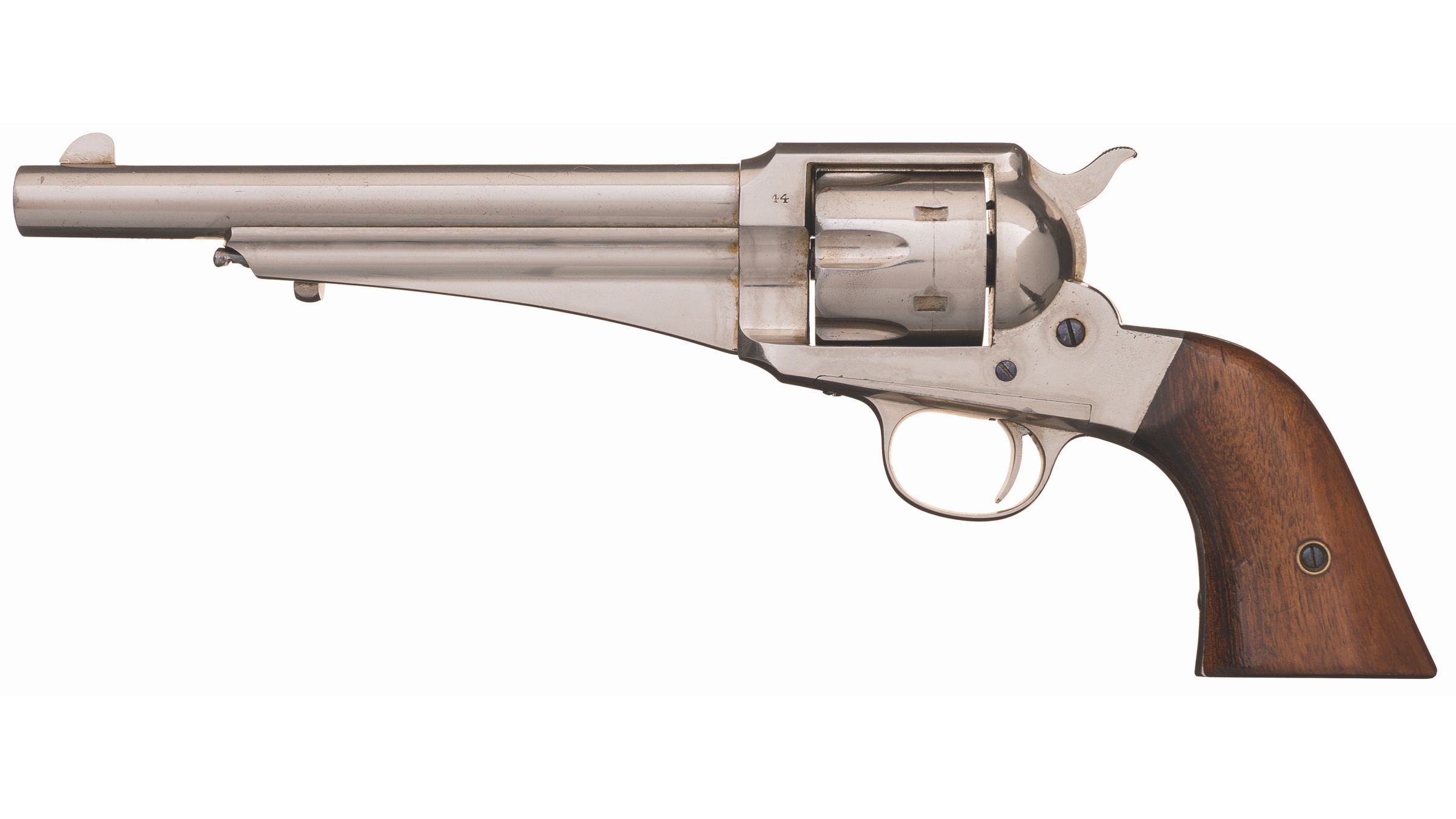 Remington M1890 (Gate loaded, and tended to burn your hand, so wear gloves!)  Smith & Wesson No.3 (Not only split skulls, but a fast reloader, when too many Katipunan are about to overrun the position.)  Smith & Wesson Safety Hammerless (Another Lieutenant educator. Easier to pull out of the pocket in a hurry than a Merwin & Hulbert Pocket Arm revolver.)  Not any standardization when it came to sidearms. Troopers would either buy their own or be issued whatever was in the armory. This was "unacceptable". |
|
miletus12
Squadron vice admiral
To get yourself lost, just follow the signs.
Posts: 7,470 
Likes: 4,295
|
Post by miletus12 on May 27, 2022 14:35:05 GMT
Getting back to American army tech. Shotguns Coach gun *(Use one barrel at a time or be prepared for a dump on the rump. I have one of these.)  Winchester M1887 and M1901 (If one wants jammed cartridges just when the Katipunan overrun one's position, this is the shotgun one wants.) 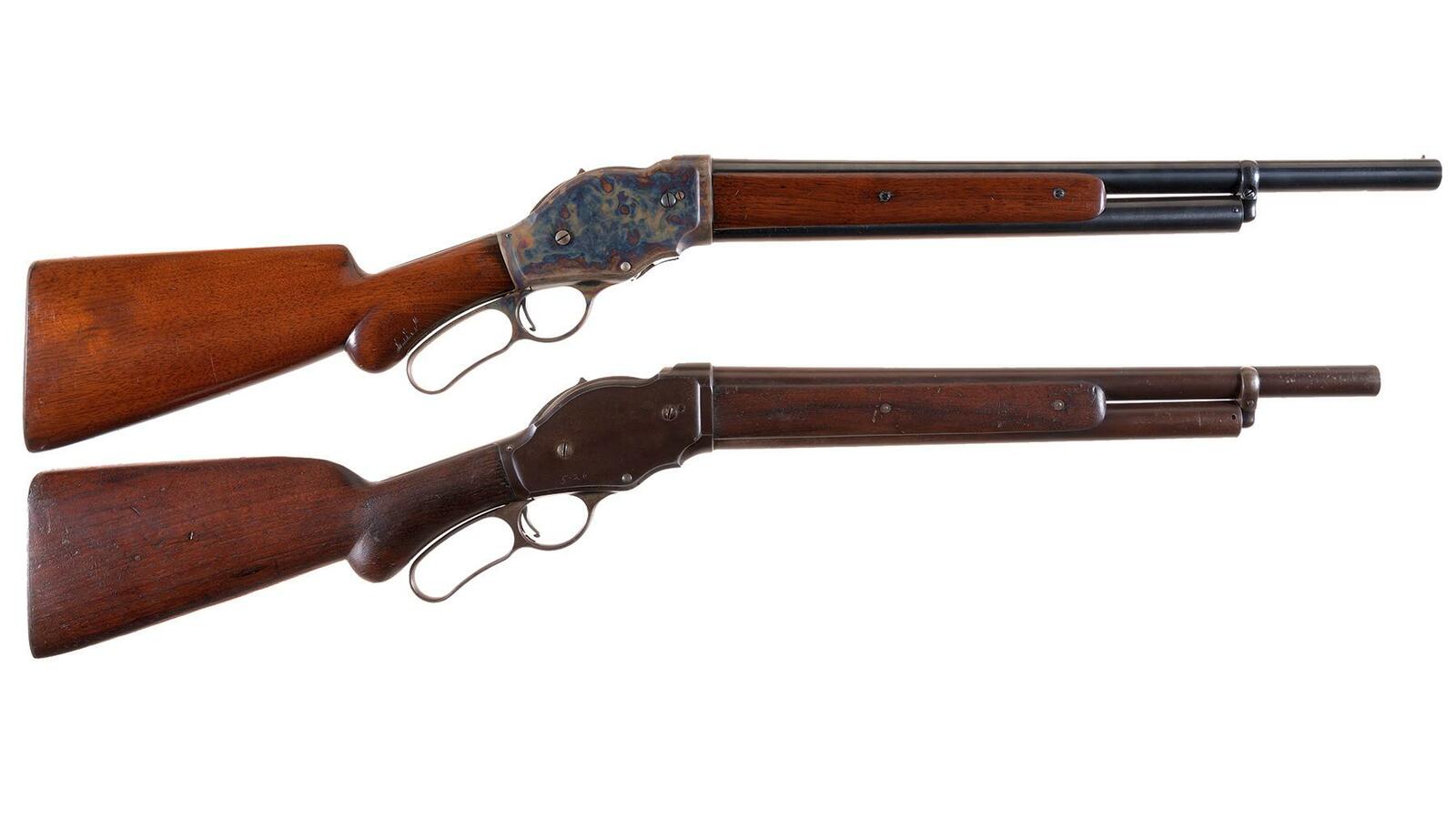 Winchester M1893 and M1897 (If one wants a weapon for jungle warfare and village clearing 1898 style: this is the better option. Americans sawed the barrel off just past the magazine end. Still works as a "pacifier".)  Rifles Colt-Burgess rifle (Gentleman's agreement is a myth. This jam-happy piece of junk could get you killed two ways, chamber explosion in the face, or a bolo in the breadbasket.)  ![]() Colt Lightning Carbine Colt Lightning Carbine (Another jam happy offering from Colt.)  Lee M1895 Navy Lee M1895 Navy *(Two things wrong with this otherwise excellent weapon. It is a vertical ramp straight pull which wears out your basic marine and it uses a high velocity small bore bullet that wears the barrel rifling out in as little as 2,500 shots out. It was dandy for making holes in people and torpedo boats. It was just not good at KILLING them, which was the rifle's intended purpose.)  Remington–Lee M1885 Remington–Lee M1885 (There were more of these in service than Lee 1895s, especially after hundreds of the Lee 1895s were blown up with the USS Maine.)  Remington Rolling Block rifle Remington Rolling Block rifle *(This is the rifle that failed Custer at the Little Big Horn. Wonder why it was so internationally popular?)  Spanish Mauser M1893 Spanish Mauser M1893 (used by Cuban rebels and Philippine Revolutionary Army) (Not just the Insurrectos and Katipunan; American soldiers grabbed Mausers whenever they could to replace their issued junk. See why next.)  Now why did Americans grab these weapons off dead enemies? Springfield M1873 (This was the other rifle that failed Custer at The Little Big Horn)  Springfield M1884 Springfield M1884 (Unlike the Model 1873 Springfield reworked Civil War Springfield M1859 rifled musket as reworked into a trapdoor breechloader, which could not hit a Lakota beyond 100 yards, this piece of junk, received a new set of iron sights. That innovation plus the new brass cartridge to reduce jammed cartridges guaranteed a dead Native American at 200 yards under "ideal conditions". Not much of an improvement. Intense sarcasm is intended, both as to imperialism and as to intended weapon effects.).  Springfield M1888 Springfield M1888 *(Can we combine the cleaning rod and the bayonet? No. That was why this piece of junk was made.)   The piece of garbage on the left of the M1883 Springfield is the M1892 Springfield also known as the... Springfield M1892/99 (It is a Krag.) (The side door loader made it three times as slow to load as a Mauser. This is not good if you are a Rough Rider and there are Spaniards using you for target practice.)  Winchester Hotchkiss M1876 Winchester Hotchkiss M1876 (It had a tendency to jam. This turkey was a panic reaction to the little incident known as The Little Big Horn.) ![]()  Winchester M1873 Winchester M1873 (used by Cuban rebels) *and recommended by Sitting Bull. 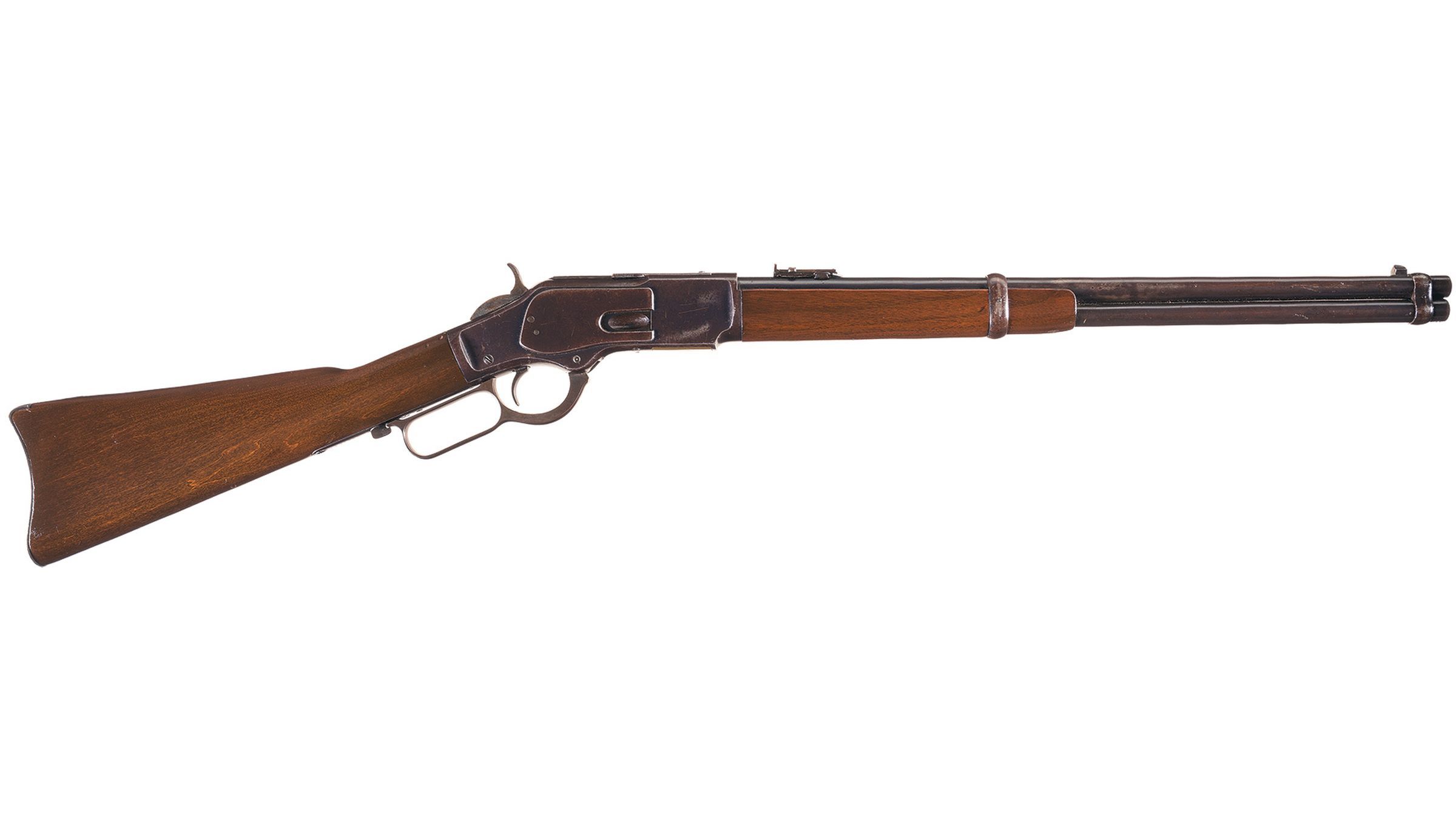 Winchester M1886 Winchester M1886 (Guaranteed to hit a US Army cavalryman at 200 yards... reliably. John Browning improved the M1873 which was only good for 50 yards. You needed a gorilla to wield this heavy weapon.)  Winchester M1892 Winchester M1892 (john Browning made a light version of the Model 1886 that human beings could actually carry. One may see this rifle used by the actor, Chuck Conners on the TV show The Rifleman. What? One expected accuracy from Hollywood?)  Winchester M1894 Winchester M1894 (Still another effort by John Browning to make a lever action that works. This one used smokeless powder.)  Winchester M1895 (This Winchester introduces the detachable box magazine as a fast reload feature desired in military rifles. It did not work. The thing would blow up in the user's face.)  All in all, one gets the impression that in the field of military small arms, the Americans are somewhere stuck between confused and not knowing what they are doing. M. |
|
miletus12
Squadron vice admiral
To get yourself lost, just follow the signs.
Posts: 7,470 
Likes: 4,295
|
Post by miletus12 on May 31, 2022 15:14:13 GMT
Explosives and grenades Dynamite (See Spanish entry.)  Ketchum grenade Ketchum grenade (This was a really stupid design and idea.)  Machine guns Colt–Browning M1895 machine gun (The lever arm was fragile and it broke.)  Notice the gas operated lever action? Gatling machine gun (Technically this is an externally powered repeating fire gun.) 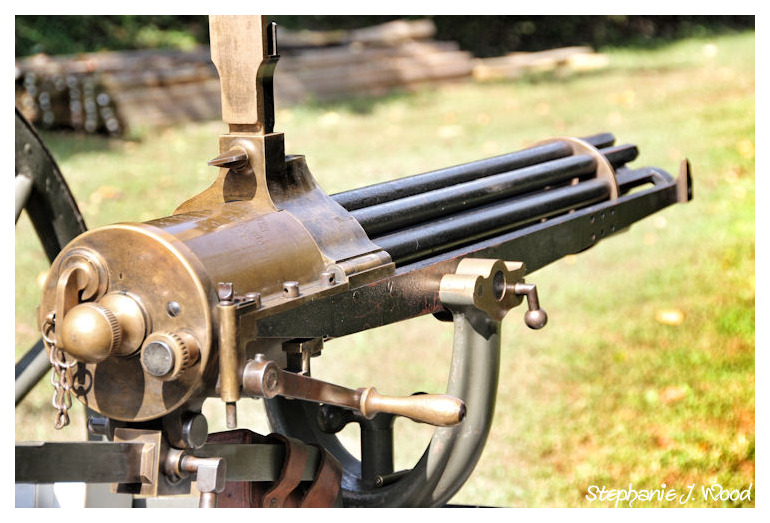 Well... Parker managed to knock the Spaniards' heads down with his gatling guns at San Juan Heights, which the Colt Browning 'potato diggers' could not do. Otherwise: it would have been a Rough Rider Rubout. |
|
miletus12
Squadron vice admiral
To get yourself lost, just follow the signs.
Posts: 7,470 
Likes: 4,295
|
Post by miletus12 on May 31, 2022 15:58:46 GMT
How about things that go boom and make buildings and massed groups of infantry fall dolwn?? Artillery 3.2-inch M1897 field cannon (Those wheel brakes operated as a primitive recuperator system. The gun "hopped" during a shot out so shooting it was "exciting".)  Dynamite gun Dynamite gun (This was about as bright as the Ketchum grenade.)  and 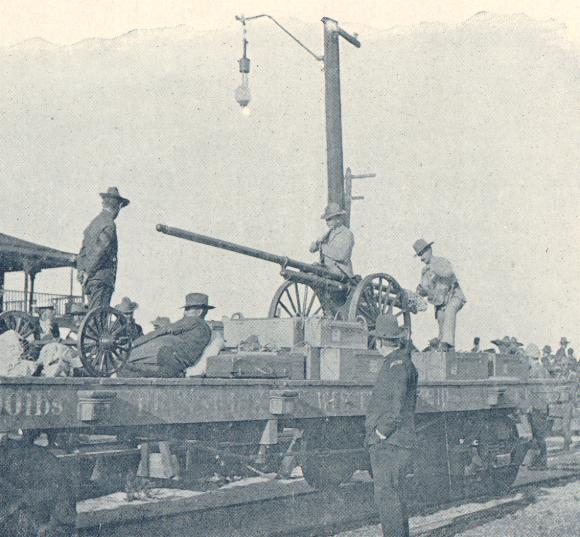 (Complete with Rough Riders, the only dummies foolish enough to use it at San Juan Heights. Of course they tried to use the Colt Browning Potato Digger machine guns, too.) Hotchkiss cannon (Often referred to as 'mountain guns' these small howitzers were generally smaller than 3 inches in bore size and were direct fire barrage weapons. The one shown below is a six pounder.  Hotchkiss five barrel revolver cannon Hotchkiss five barrel revolver cannon (Indeed the Rough Riders would try anything. This was a jam happy lose your fingers to clear the feed joy in battle.) 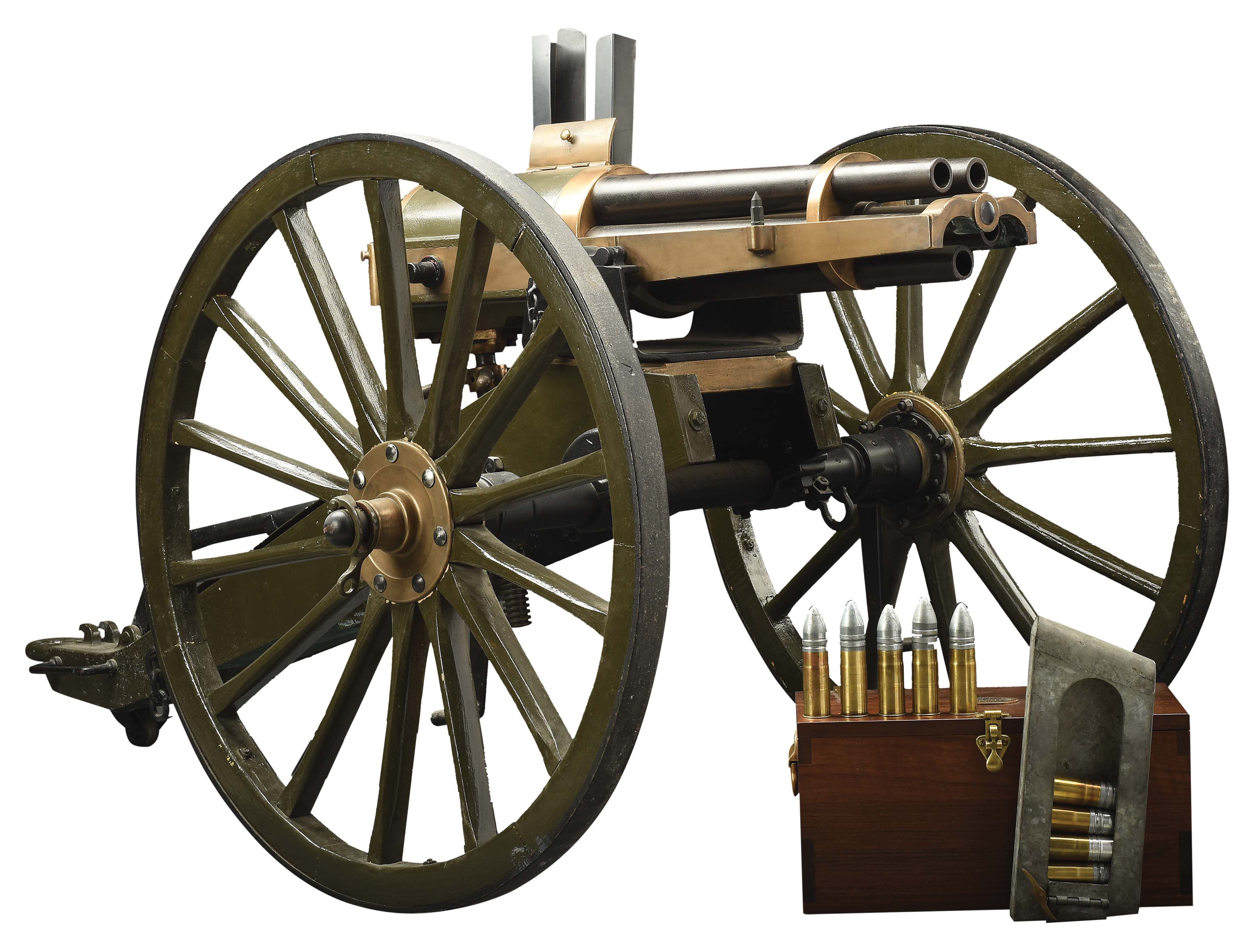 The Americans were clearly outmatched in artillery tech, too. |
|
miletus12
Squadron vice admiral
To get yourself lost, just follow the signs.
Posts: 7,470 
Likes: 4,295
|
Post by miletus12 on Jun 2, 2022 23:44:07 GMT
An essay about the Spanish army of 1898. The chief takeaways one should make of this essay, was that the Spanish army in Cuba had the numerical and technological edge on both the insurrectos and the Americans. They were kind of organized in the "French model" of an army, at least on paper, not too dissimilar from most non-German European continental armies and again on paper were almost a mirror image of the American army that faced them, both in unit structure and in material table of organization and equipment. They had better rifles, they had at least equal artillery, had some decent horse cavalry and they knew their terrain and their insurrectionist enemies. Their troops were veterans who had combat experience in Cuba and the Philippine Archipelago. So, what went wrong for them? =============================================================== Armies in 1898, like armies today, depend on logistics and administrative competence to function at all, much less to fight wars. To look at the American army in this regard (Which we will do next when we ream Russell Alger and his criminal misadministration of the war department.) will be an eye opener, but in the case of the Spanish army we must begin at the top and work down into the colonial commands for why the Spanish army folded up. Miguel Correa y García. Who is he? He is the Spanish Minister of War during the Spanish American War. He inherited that caretaker job as a consequence of his predecessor, Marcelo Azcárraga Palmero, being suddenly promoted into the temporary presidency of the Spanish government. How did THAT happen? Well, there was this politician, Antonio Cánovas del Castillo, who was killed by an Italian anarchist, Michele Angiolillo (a typesetter by trade), masquerading as a journalist of all things. The president, Antonio Cánovas del Castillo, appears to have been fairly incompetent and inhumane as to governance, a real rodent of a governor, so his removal should have started several intended reforms by the more liberal Sagasta administration, except that the maladministrator next in line was the aforesaid Marcelo Azcárraga Palmero. So we obtain this new man, Miguel Correa y García. Three men in sequence, who each pursue his predecessor's policy of inefficiency, incompetence and criminal maladministration of the army is the result. The actual outcomes of this maladministration is not hard to figure out for the Spanish army in general. a. Officers were promoted for political reliability to the Bourbon (Carlist) restored monarchy and not for their administrative or tactical competence. b. Logistics was handled in a contract fashion in such a manner that official rolls as to paper tables of manpower, organization and equipment bore no relation to the physical reality. The explanation was simple. The officers stole the money allocated for soldier pay, food, ammunition and training time. To take the specific case for the garrison of Santiago de Cuba during the siege; we can cite Arsenio Linares y Pombo as one of those "politically reliable" and imbecilic military administrators who failed to secure ammunition supplies for his alleged 10,000 man garrison, prepare food reserves, or train his men to stand the inevitable siege to be expected when Schley bottled Cervera up in Santiago de Cuba's fjord. He had a whole two weeks to run in additional Mauser ammunition, dig trenches, lay in food, have his troops practice marksmanship and obtain and concentrate the available artillery he foolishly scattered in his administrative province. There is considerable doubt that Linares was an actual thief. I find no evidence of this at all, but his military incompetence at La Guasimas, El Caney and San Juan Heights is spectacular for its stupidity and ineptitude. One should have expected that a politician who cannot keep his troops fed or paid on time was going to bungle a simple military problem like massacring the Americans as they tried to land at Daiquiri, Cuba. He kind of sums up the entire problem with the Spanish army of 1898. It was a brave army at Santiago de Cuba, ranks filled with patriotic illiterates, who were not fed, paid, trained in individual marksmanship, indoctrinated in proper field craft or generally managed by officers who knew the BASICS of how to dig a fighting position or lead a squad in combat, much less a company or larger unit of regiment or brigade strength. They did not even have enough bullets (100 bullets per man.), to fight more than a day or two at their positions, these tercios. It is not a wonder that they, the tercios, when they ran out of the means to fight, and led by officers and non-coms who did not know how to fight; folded up like wet cardboard when the American Regulars came straight at them. The amazing thing is that the tercios did as well as they did. It comes down to American incompetence that the Spanish soldier had any chance at all. But THAT is not exactly what it seems either. |
|
miletus12
Squadron vice admiral
To get yourself lost, just follow the signs.
Posts: 7,470 
Likes: 4,295
|
Post by miletus12 on Jun 3, 2022 0:29:06 GMT
Well, how about the American army? This brief blurb describes the Federal or what is called the Regular Army. ^1 By the numbers... by theory what should have been on the rolls for field duty. ..3.500 artillerymen for field units. ..7,000 cavalrymen. .25,000 infantry .35,500 total by MTOE. Howe many Regulars were there? ..1,000 artillerymen for field units. ..6,400 cavalry .13,900 infantry .21,300 for the field army out of the 28,100 total listed on the rolls. This is not what one wants when one goes into a surprise war and has to plan to fight enemy forces overseas estimated conservatively at 180,000+ men. Then there is this problem...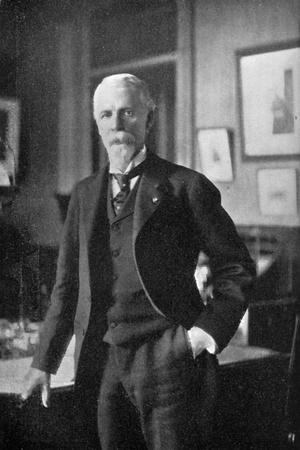 The idiot is Russell A. Alger. If Miguel Correa y García was awful as the Spanish nonentity caretaker minister of war, this man was an American disaster. Not until the Americans get Woodrow Wilson and his incompetent secretary of war, Newton D. Baker, will the Americans do worse going into a war completely unprepared. Sounds EXACTLY like the Spanish army, does it not? It was worse. The basic tool of war for an infantryman is his or her rifle. There was no reason the American army could not have been better prepared for its mission, even if the war that loomed on the horizon still came as a complete operational surprise. In case one did not recognize the problem, it is that: a. The US firearms industry and the federal arsenals were incompetent when it came time to ramp up of and to new technology. b. The US Army officer corps, were hidebound conservatives (And rightly so...M.), when it came to changing out the basic weapon platform for the infantry soldier. They tried to make the right choice in 1867 as they switched from muzzle-loaders to breechloaders and were promptly rewarded for their efforts in 1876 with the Battle of the Little Big Horn. The debacle was that in 1865, most Union army cavalrymen were using SPENCERS, but the idiots in charge in 1867 were INFANTRY. They were not interested in the intelligence that the referent enemy, Sitting Bull and his Lakota warriors, were armed with Henry and Remington lever action repeating rifles. By their reasoning, the Trapdoor Springfield 1873 had twice the range over a repeater and should therefore in the hands of a trained marksman easily kill a Lakota before the native American ever came within the lever action repeating rifle's effective very short range. I suppose we could add that Colonel Custer left behind his Gatling guns which the army had thoughtfully provided to each cavalry regiment to lay down the general volume of defensive fire, American doctrine required for the trapdoor Springfield to work as intended? The idea was that the two Gatlings would hold the Lakota at bay until the cavalry troopers picked off the Native Americans at twice the range that the Lakota could return effective fire. The American army was not completely stupid about why they made their choices. Just mostly.In the case of the KRAG, there was an additional problem. The American army took a look around as soon as the Native American genocides and concentration camp resettlements (Indians confined to reservations. M.) were mostly accomplished and was appalled to discover that its next probable opponent (Mexico) would be fielding rifles and other weapons that would overmatch its own inventory of single shot rolling block, trapdoor Springfield, and lever action repeater rifles. Once again it was the INFANTRY who were in charge of selecting the longarm the American infantry would use.
Who picked that thing over a Mauser? His name was Daniel Webster Flagler. He had a lot of help, but the point was that the wrong choice was made for the same reasons as the Trapdoor Springfield, in that the Krag surely could handle the smorgasbord of Mexican small arms that festooned their army? After all, most of that crap was American surplus rifles, cast offs and whatnot. The Krag could outrange and out-cycle the Mexican junk.
Then this genius showed up. His name was Manuel Mondragon. So by 1894, the American Army KNEW it had screwed up again. Who fixed that mistake? But it still took a kick in the pants by Theodore Roosevelt to do it after "Teddy" had been on the receiving end of Mauser and Maxim fire.
As for the Benet Mercier light machine gun, that was a case of the right idea, but sloppy execution. The machine gun was a human factors disaster with the action being adopted from the Hotchkiss M1892 machine gun with a right to left and upside down stripper clip feed involved instead of the original design of the heavy machine gun. It could have worked if the feed had been retained left to right and the stripper clip kept in its proper place UNDER the indexer.
===========================================================
There will be other problems to note, such as the appointment of "political generals" (Schafter) and the War Department 'political awarding' of commissariat contracts to good friends of Russell Alger and William McKinley, who were actually out and out crooks who sold the USG tinned contaminated and overaged beef. That one scandal will actually create HALF the casualties the Americans suffer in the war. Guess who suffered this kind of food poisoning along with the rest of the Rough Riders?
|
|
miletus12
Squadron vice admiral
To get yourself lost, just follow the signs.
Posts: 7,470 
Likes: 4,295
|
Post by miletus12 on Jun 3, 2022 8:57:53 GMT
Tampa Bay, Florida 1898. One can tell a LOT about what is right and wrong about an army by looking at it as it is at work.   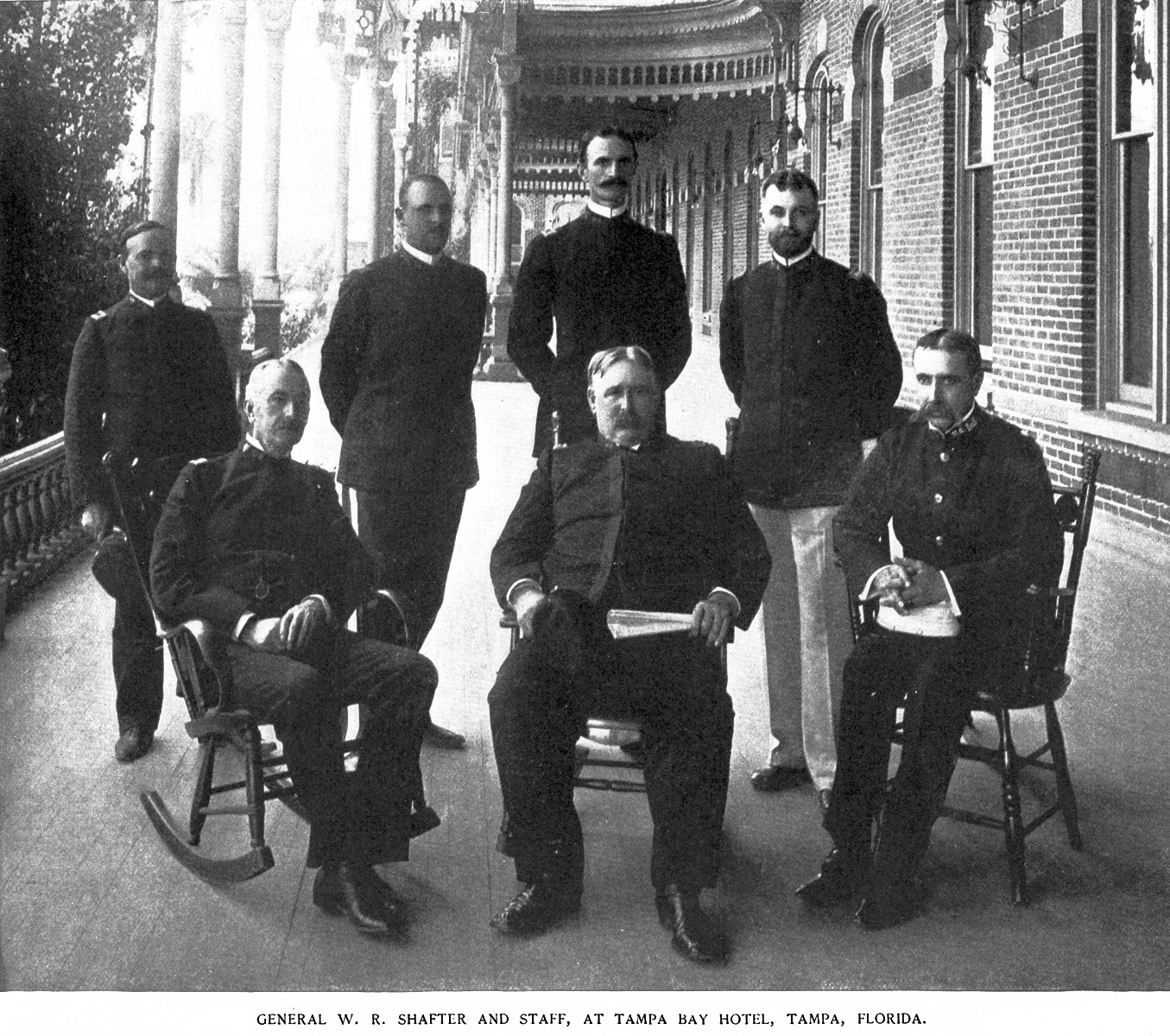 The fat man wearing the stars is the commander of V Corps. The 'gentleman' wearing the white trousers is the Corps Medical Officer who will get about half the troops sick with Malaria and Yellow Fever. Leonard Wood, the ONLY one present who knew what he was doing is the one in the rocking chair. More on Schafter...
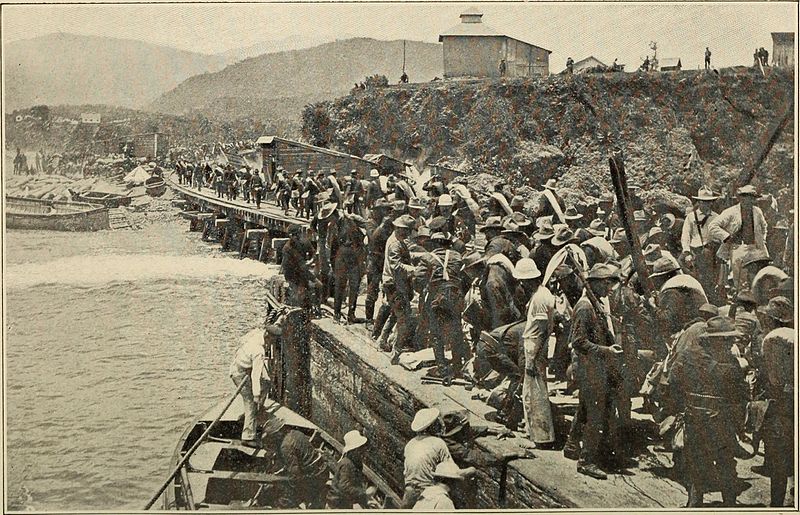
That is V Corps trying to get ashore at Daiquiri, Cuba. Again.  One can easily see why Teddy Roosevelt was a mite bit military reform minded when he became President? |
|
















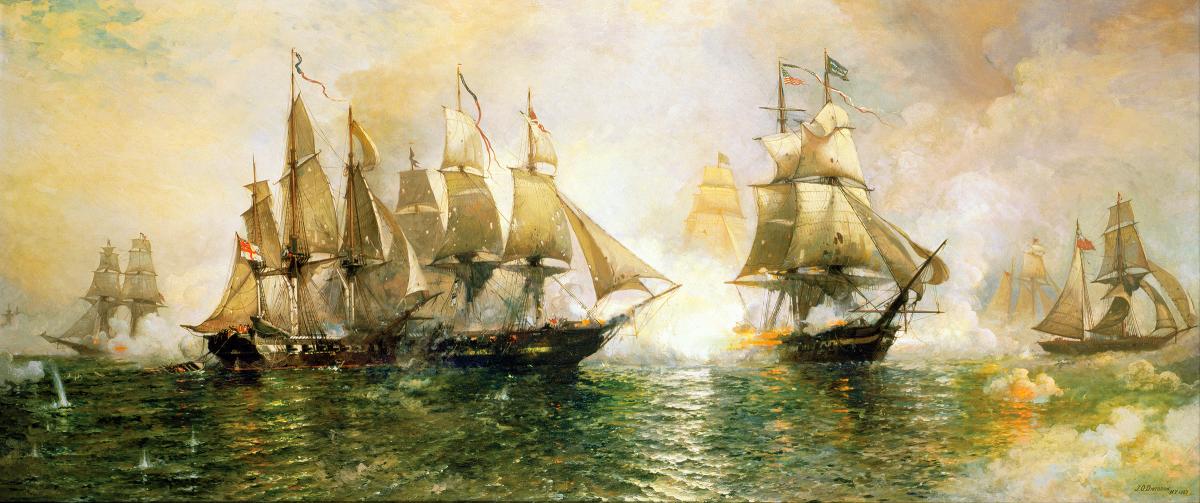
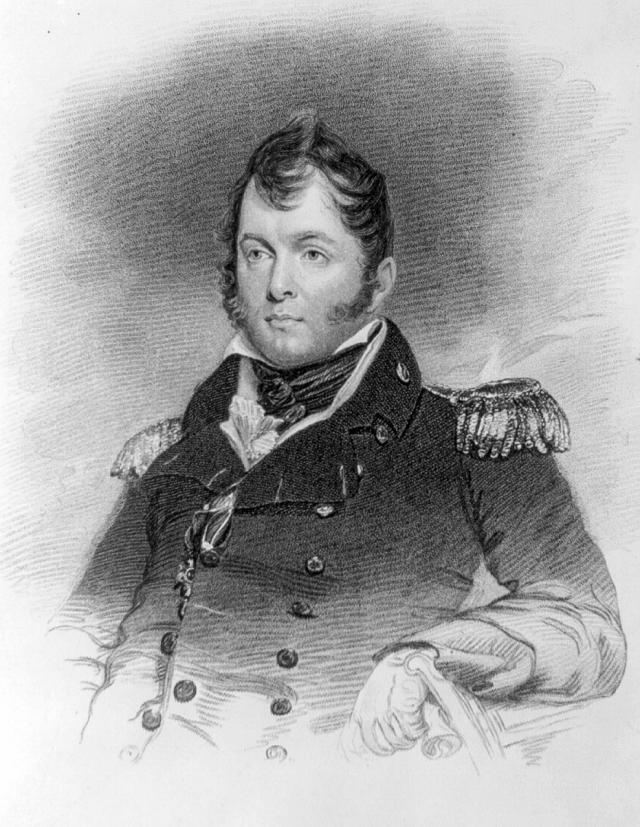
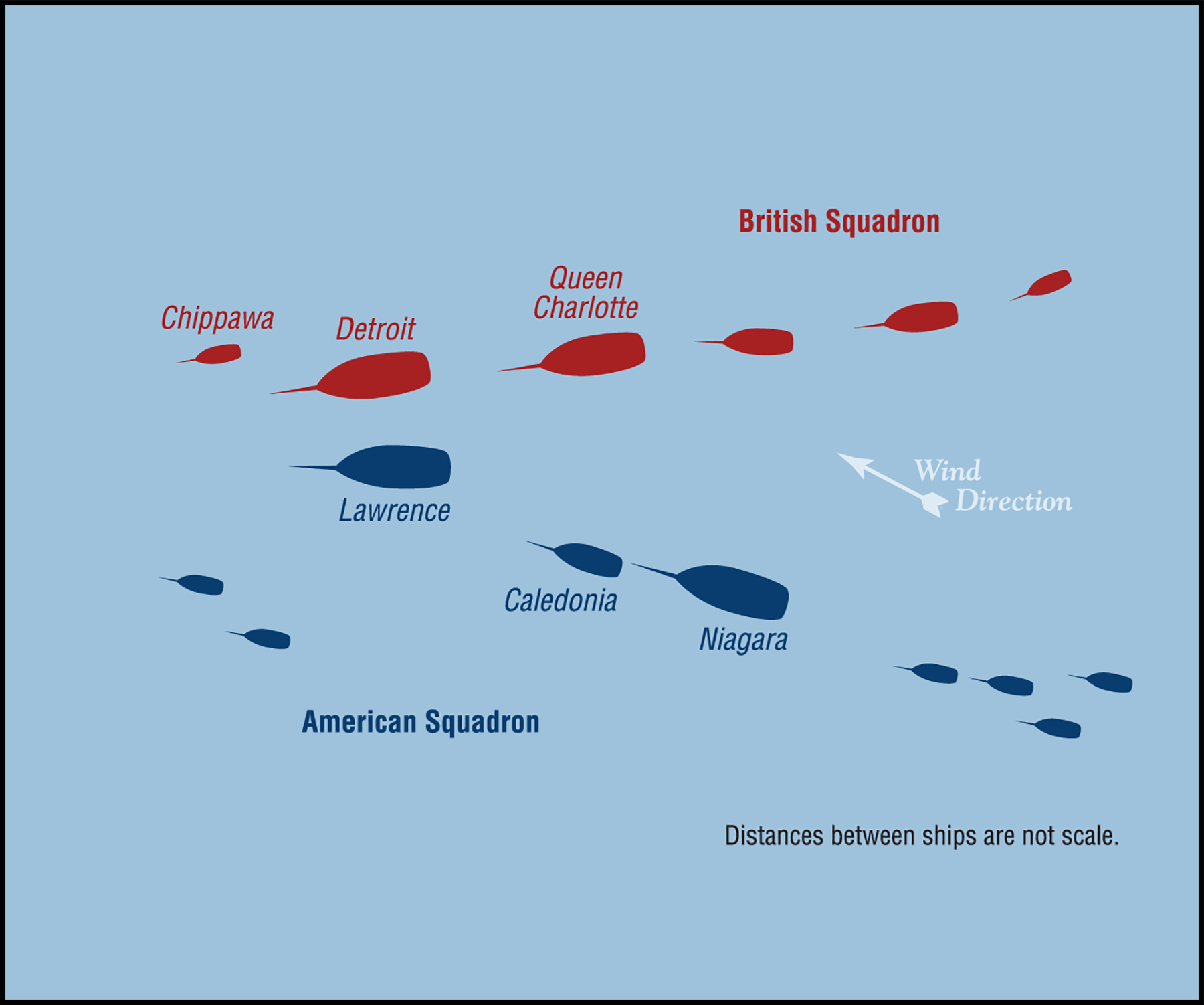
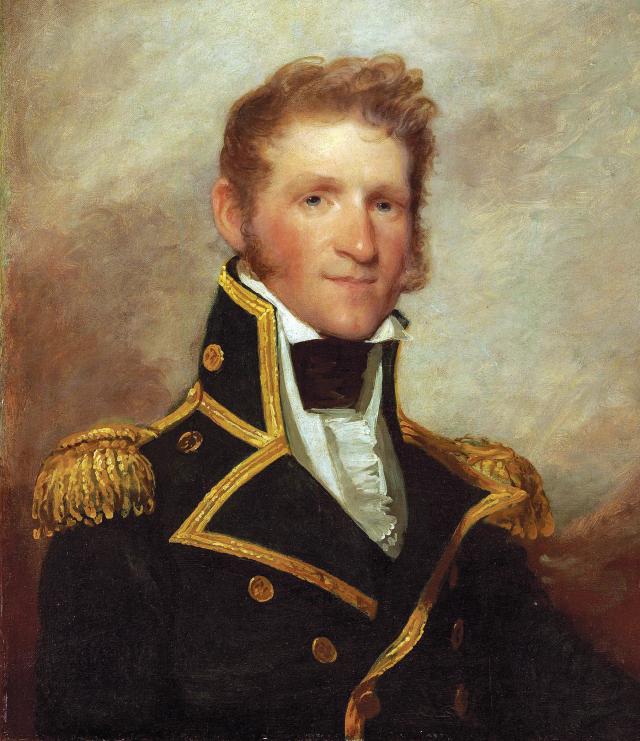
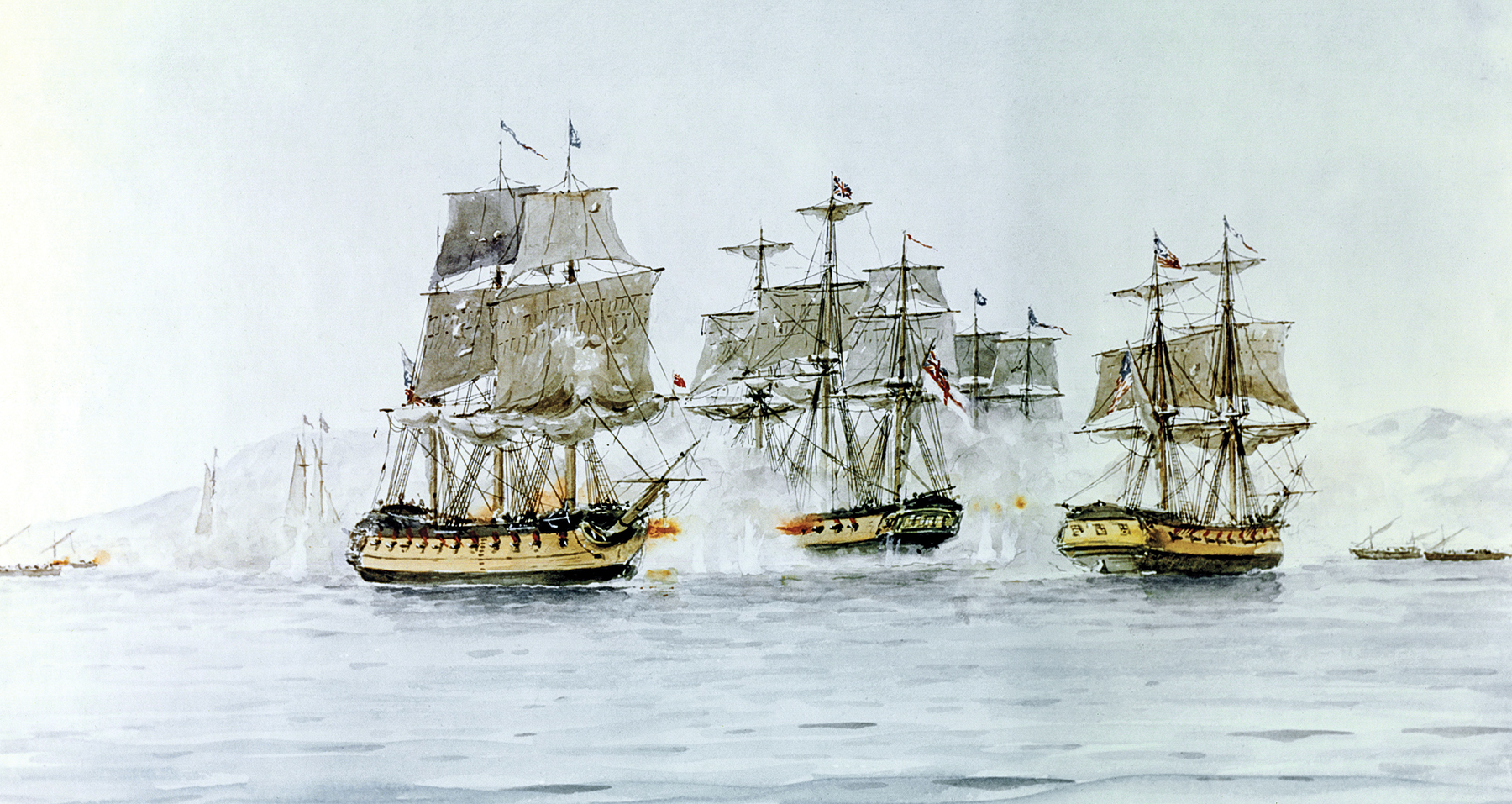
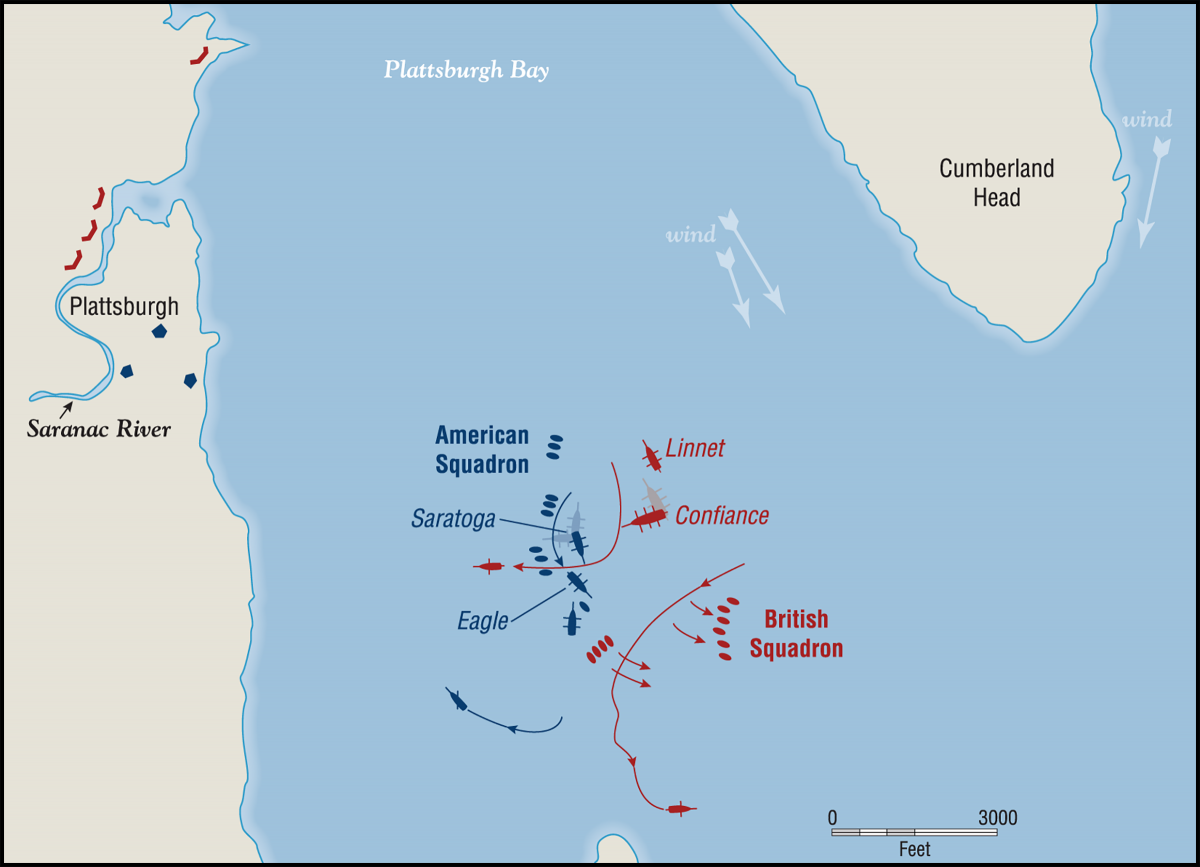
/Anaconda-Plan-3000x2493gty-56a4892a3df78cf77282ddd3.jpg)




/battle-of-fort-fisher-large-56a61b755f9b58b7d0dff2bd.jpg)






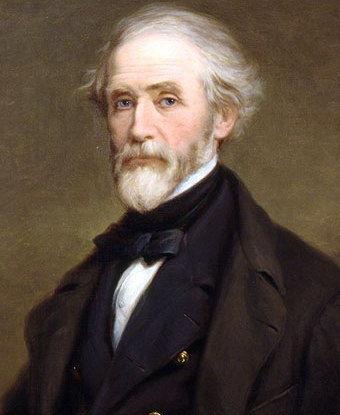





:max_bytes(150000):strip_icc()/battle-of-memphis-large-56a61c303df78cf7728b63fb.jpg)




















 Remember the Germans?
Remember the Germans? 


 Not so fast.
Not so fast. 




































